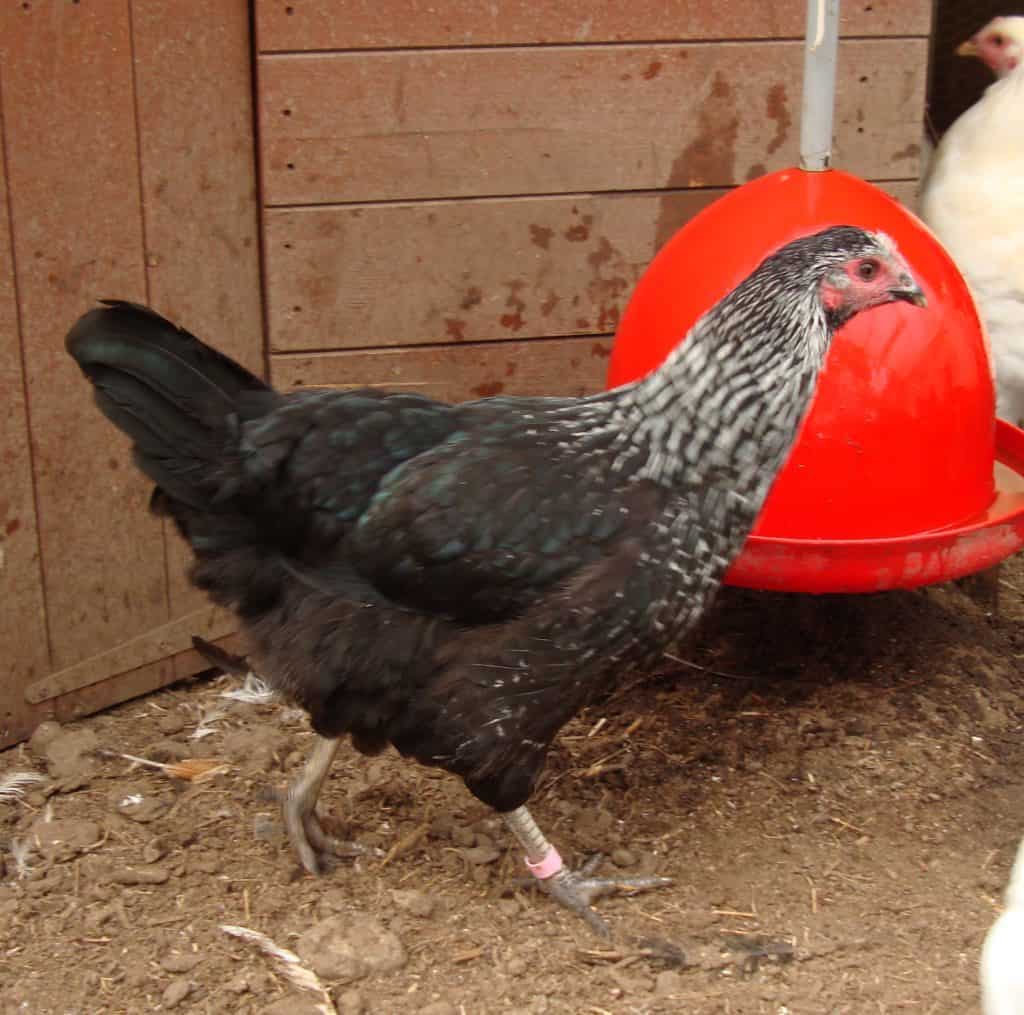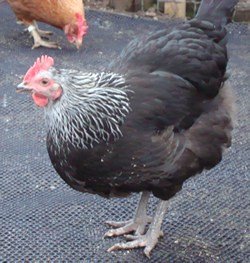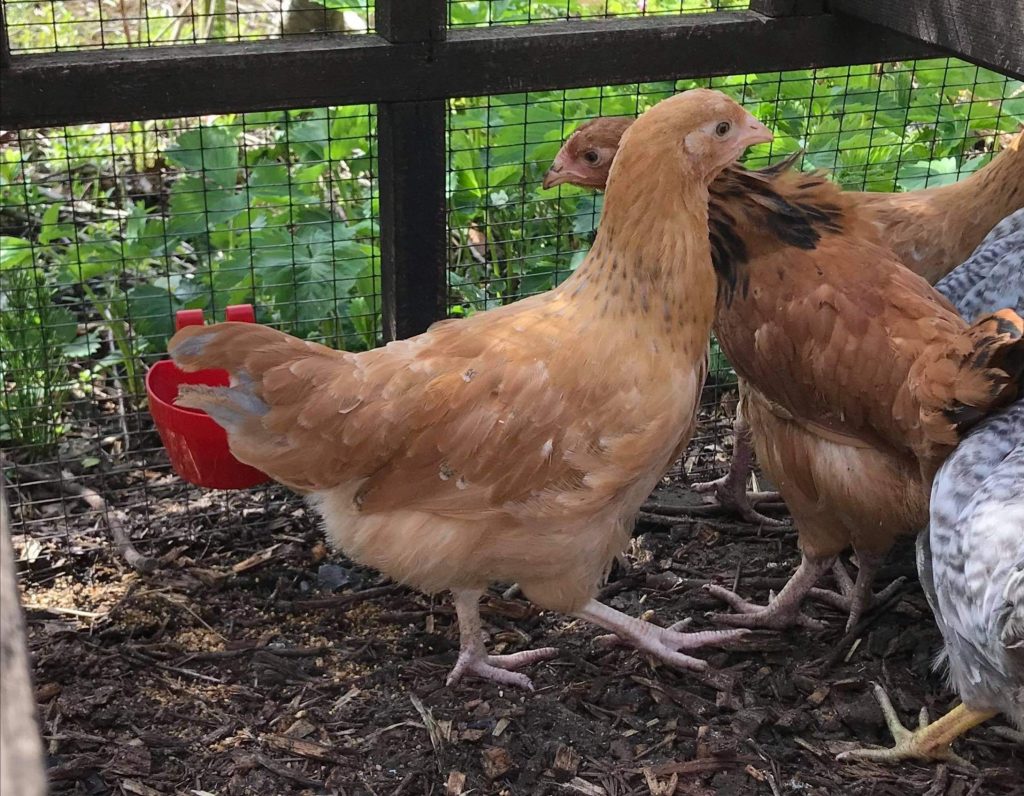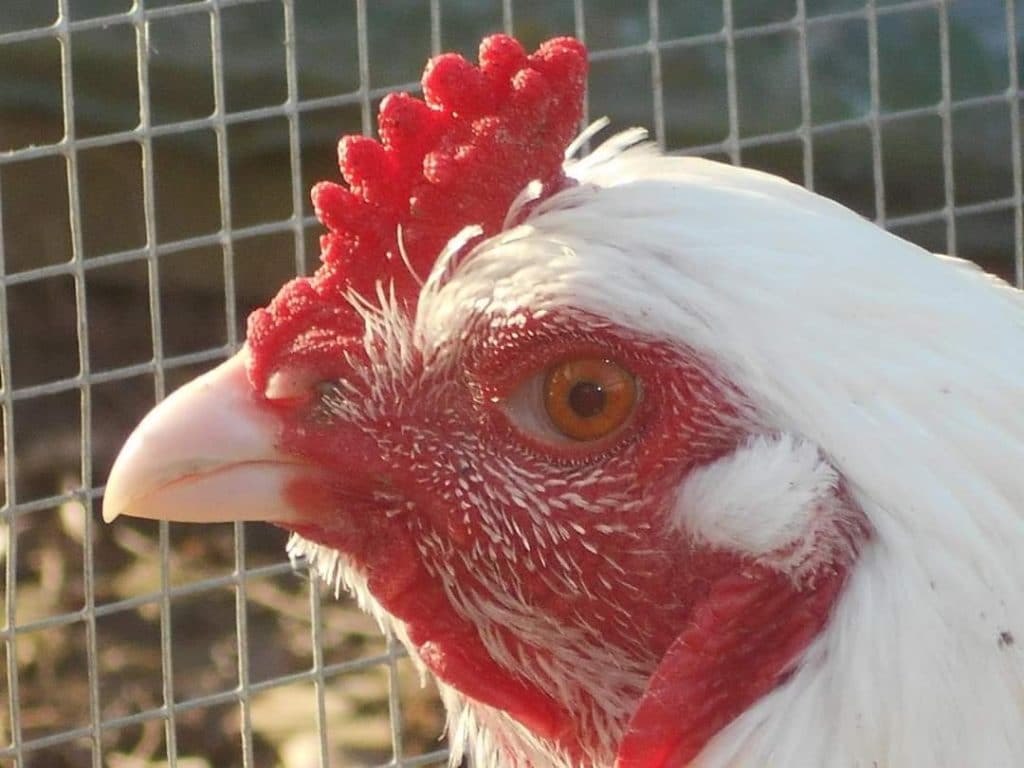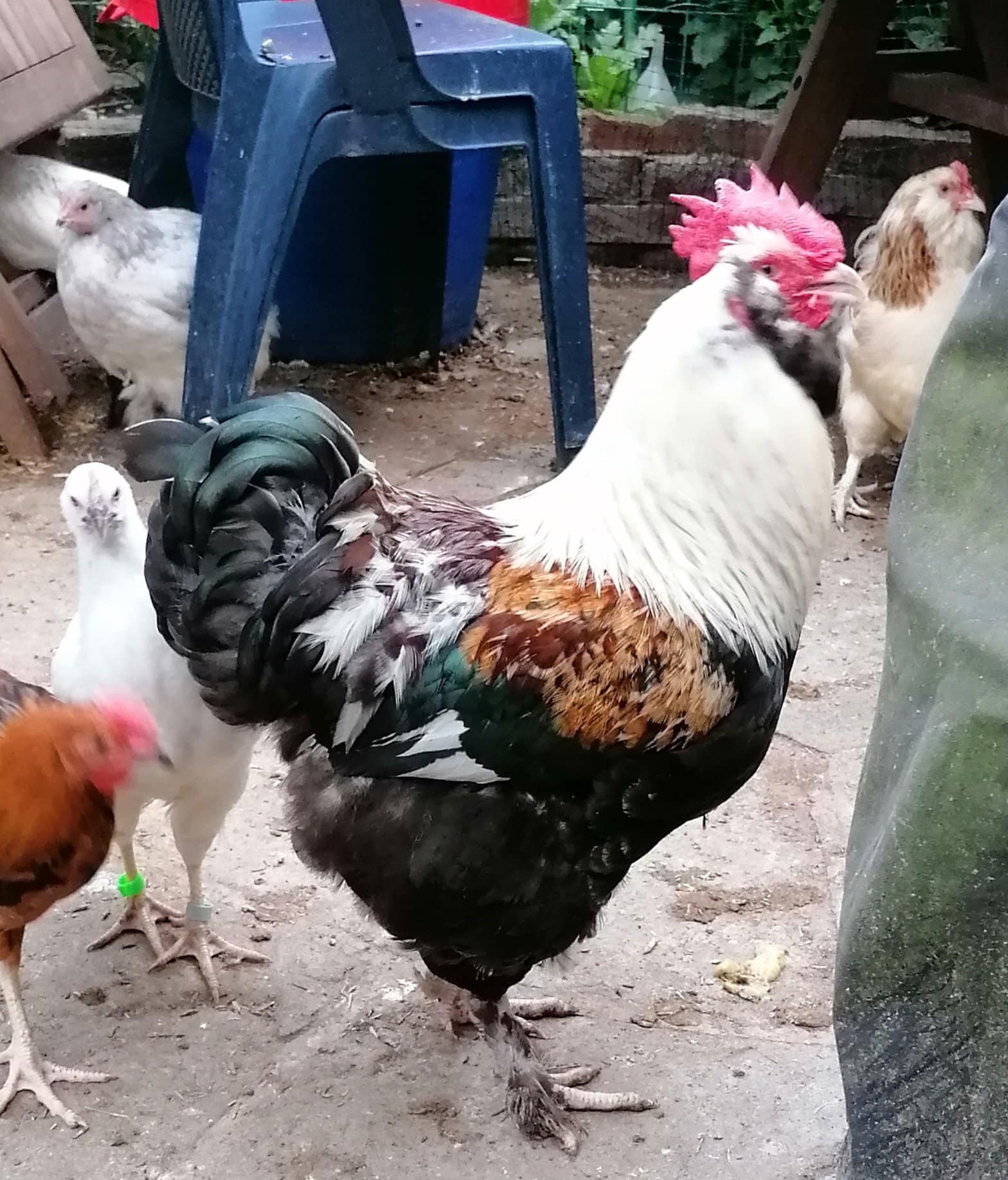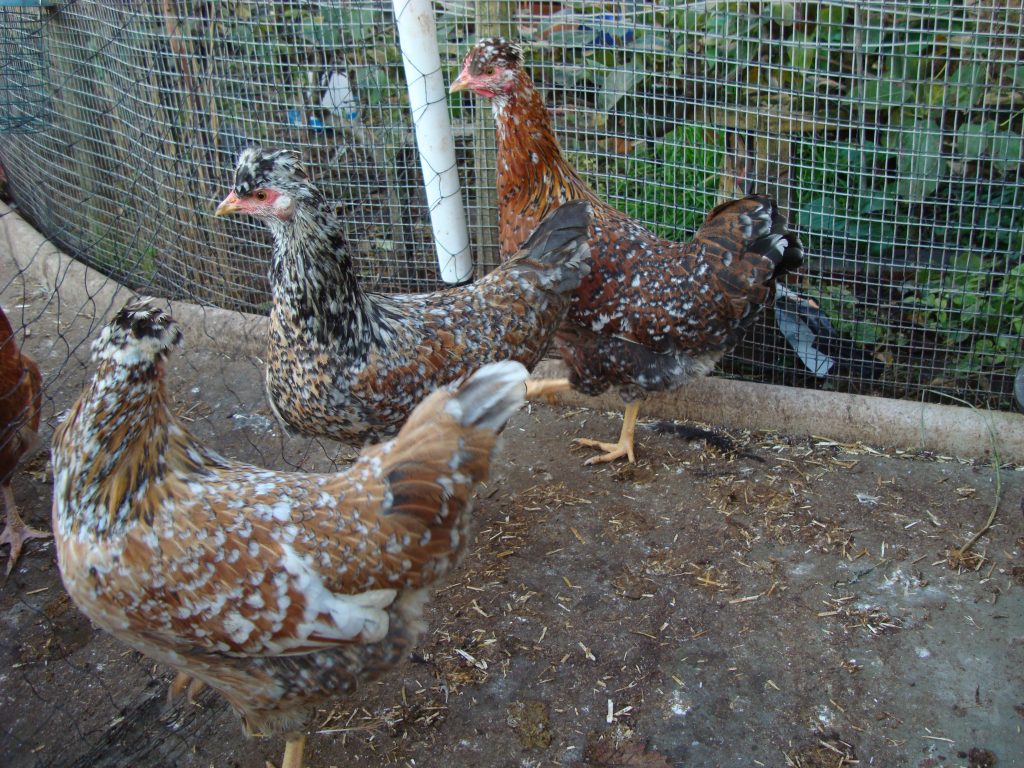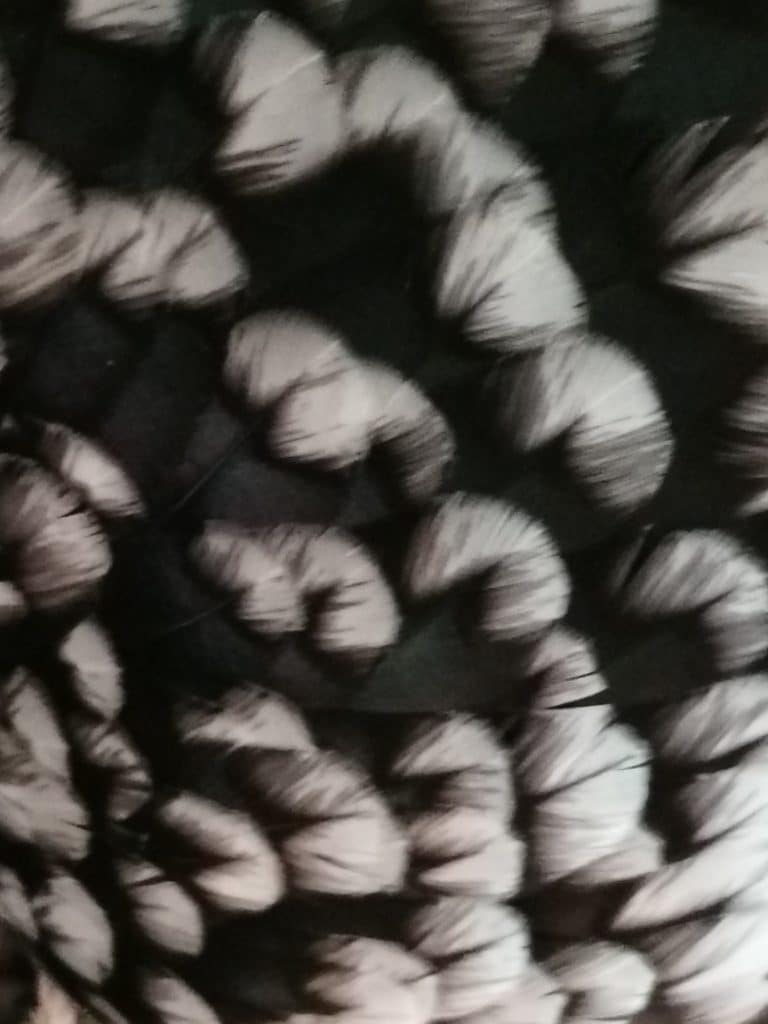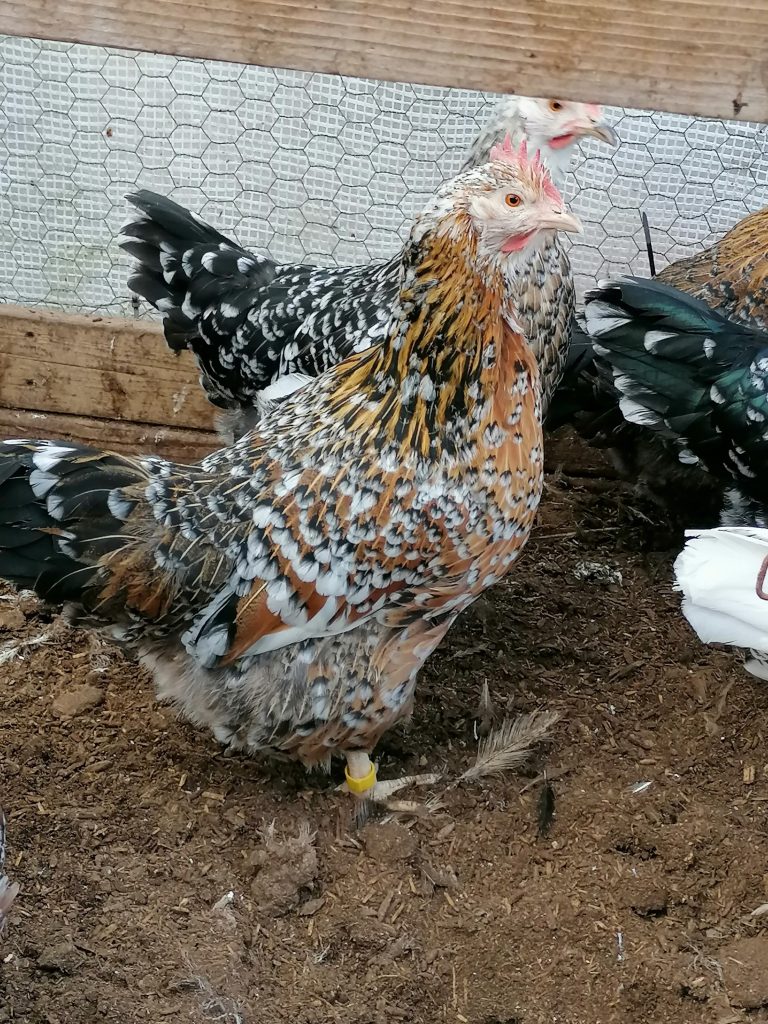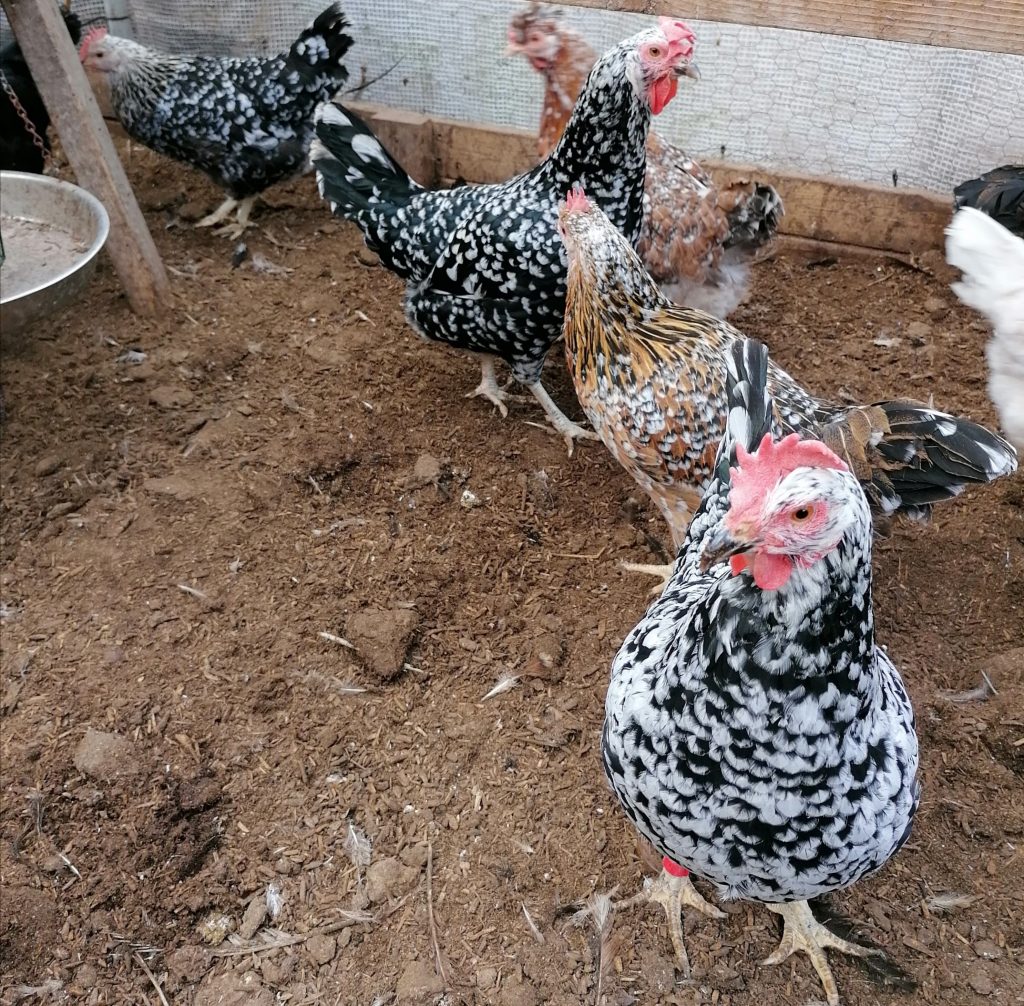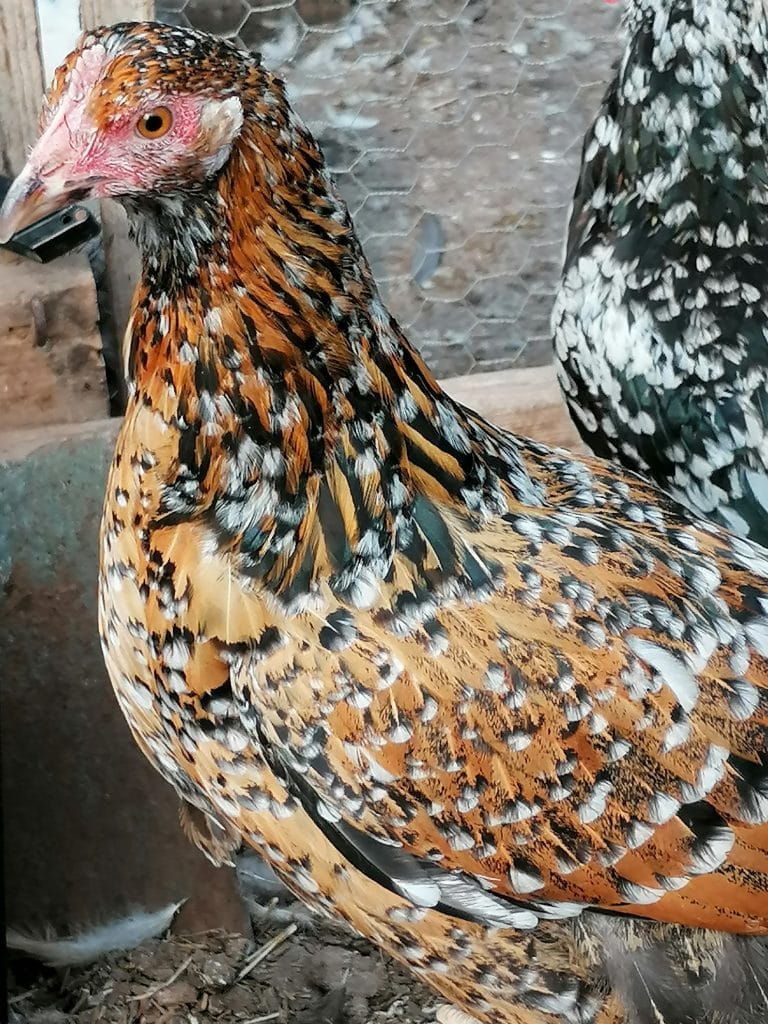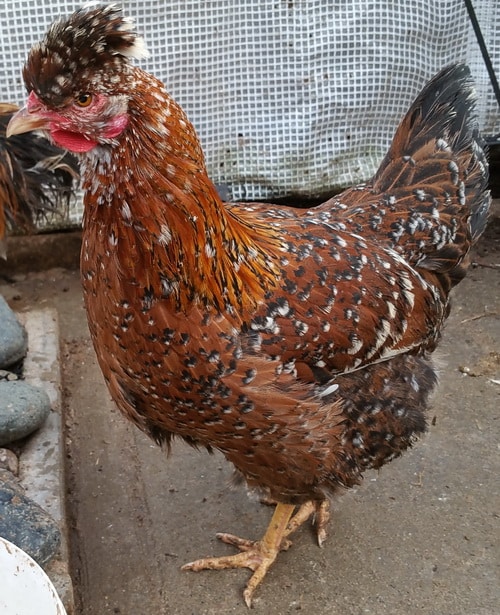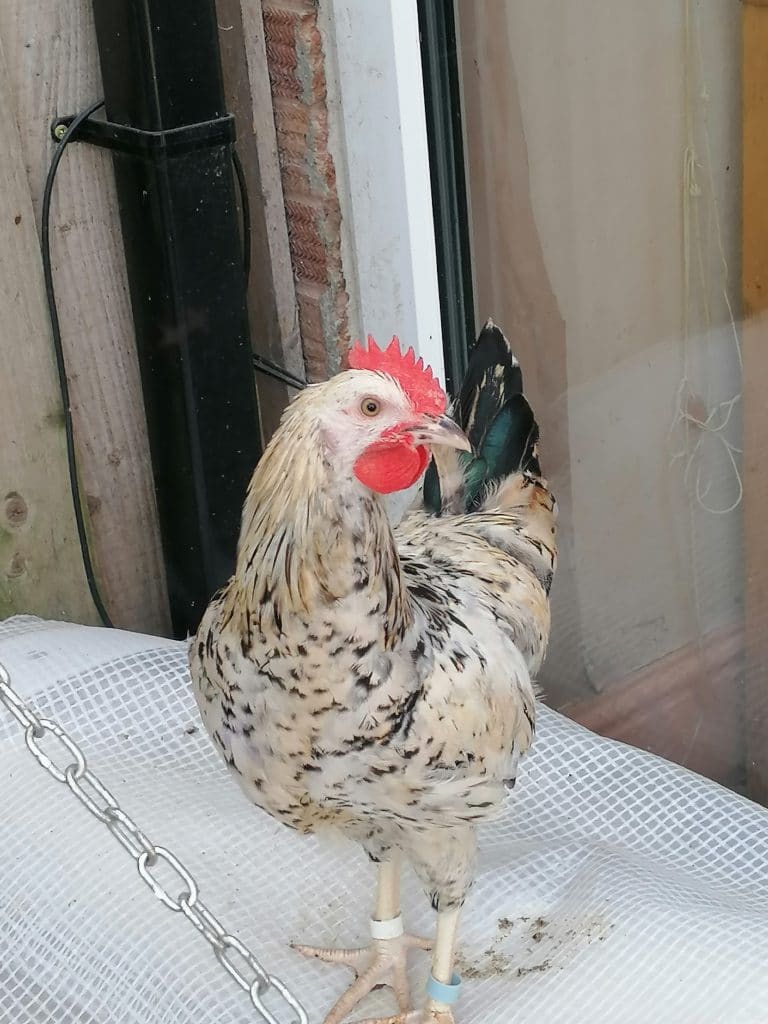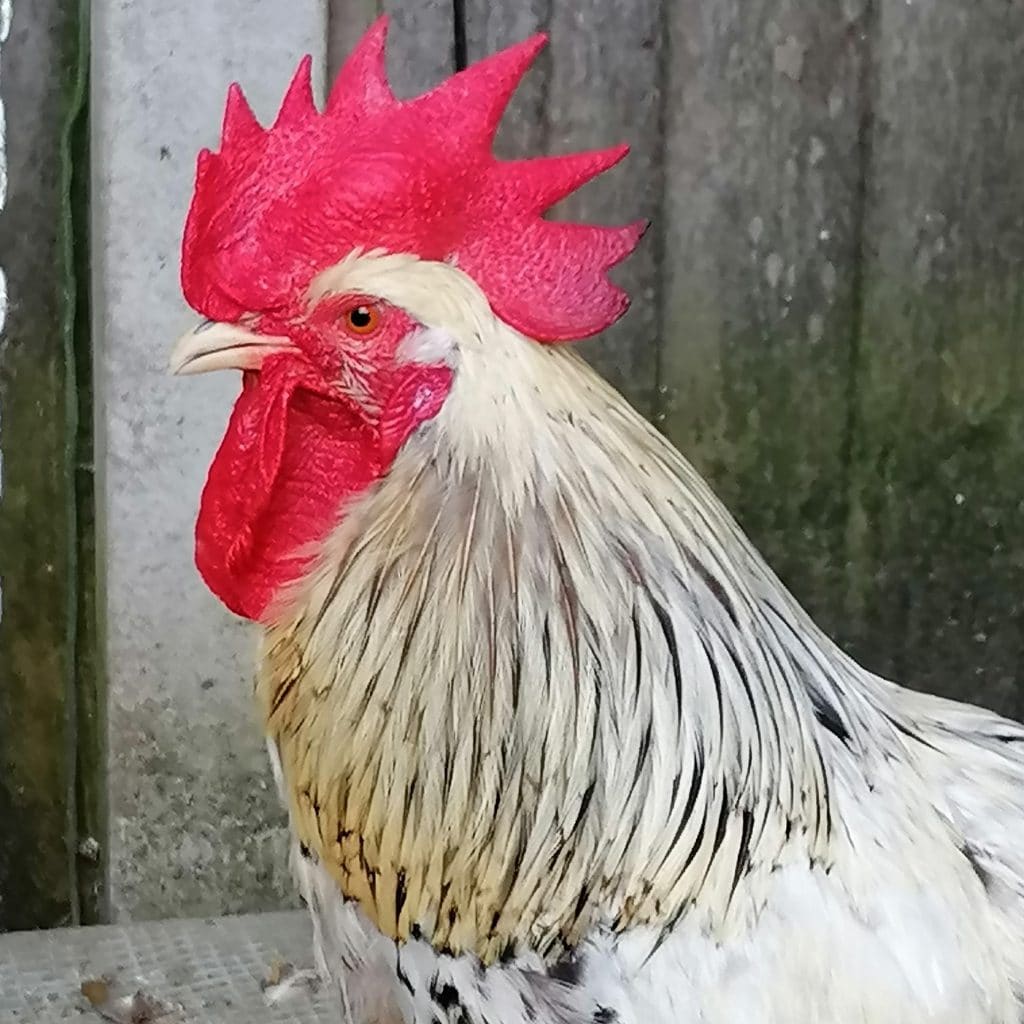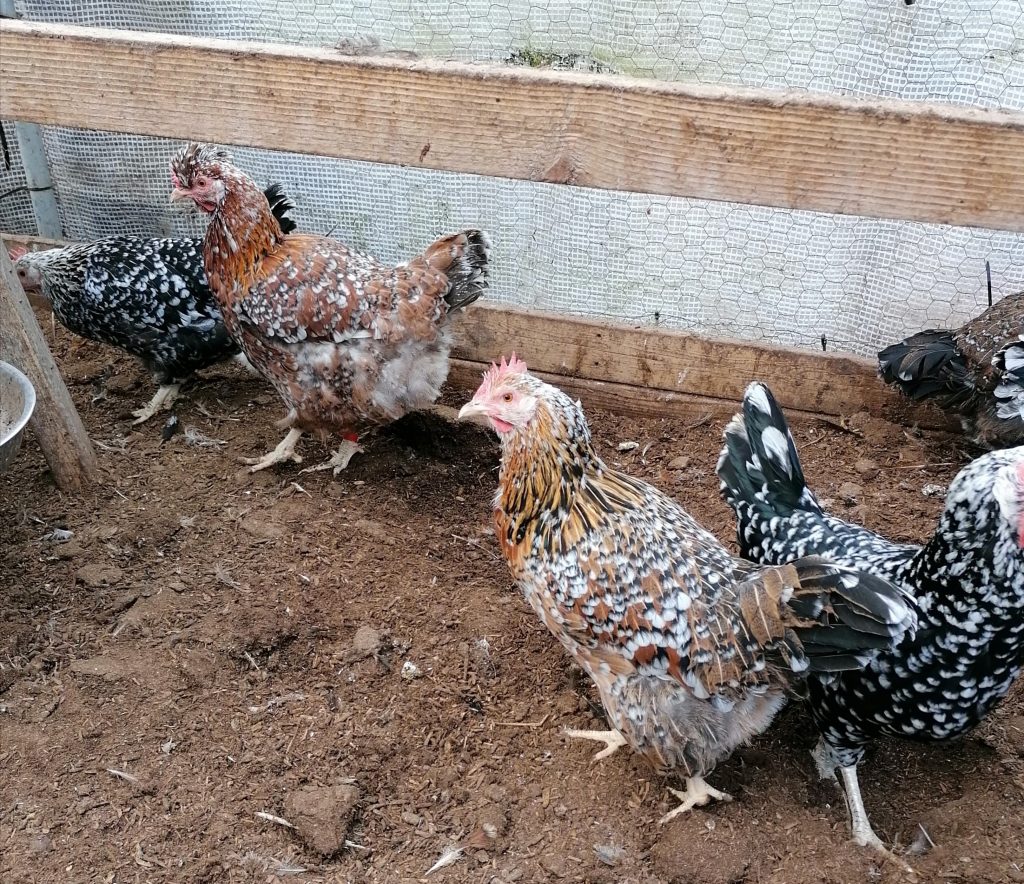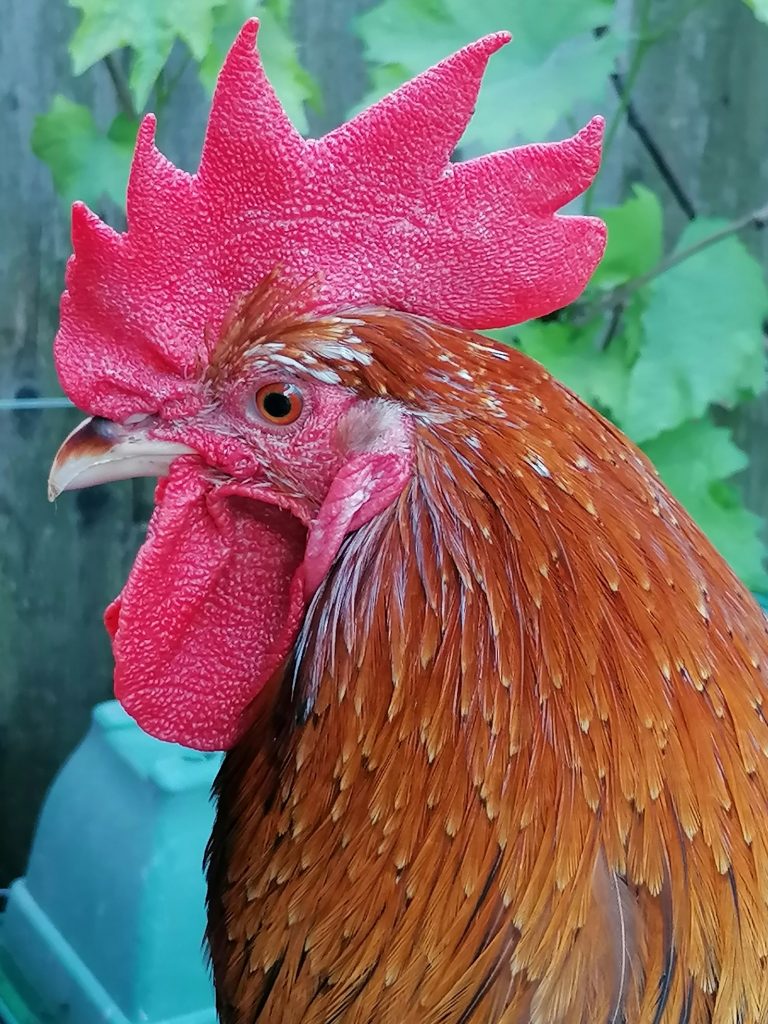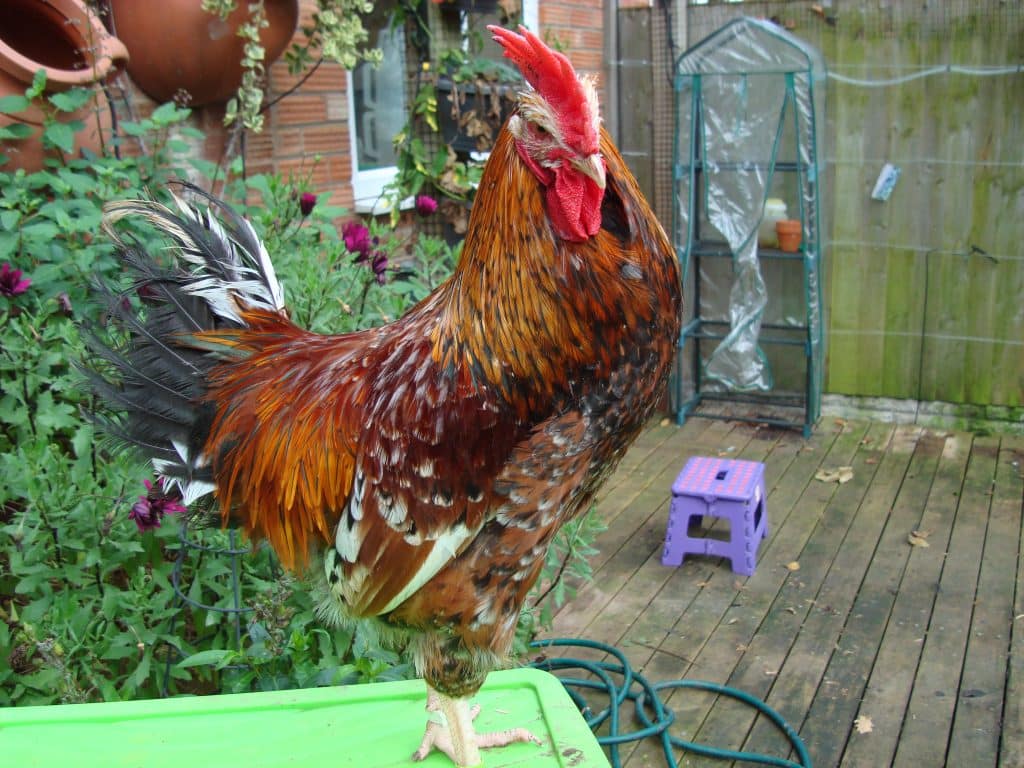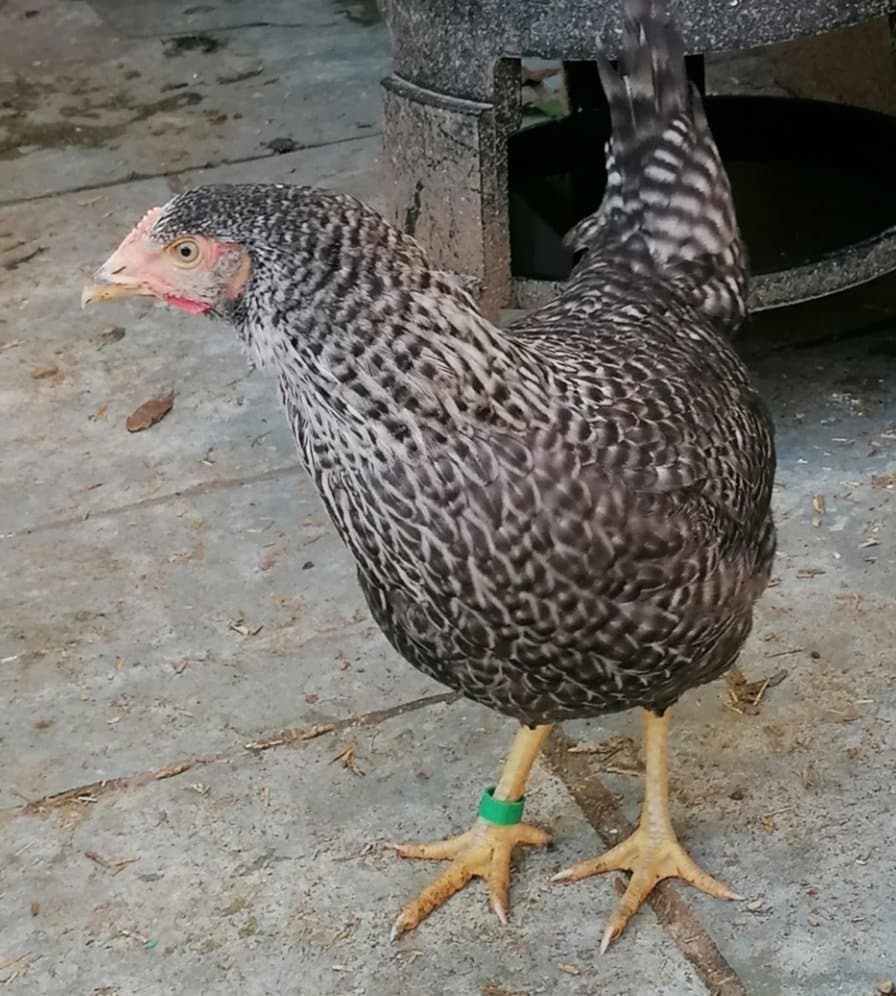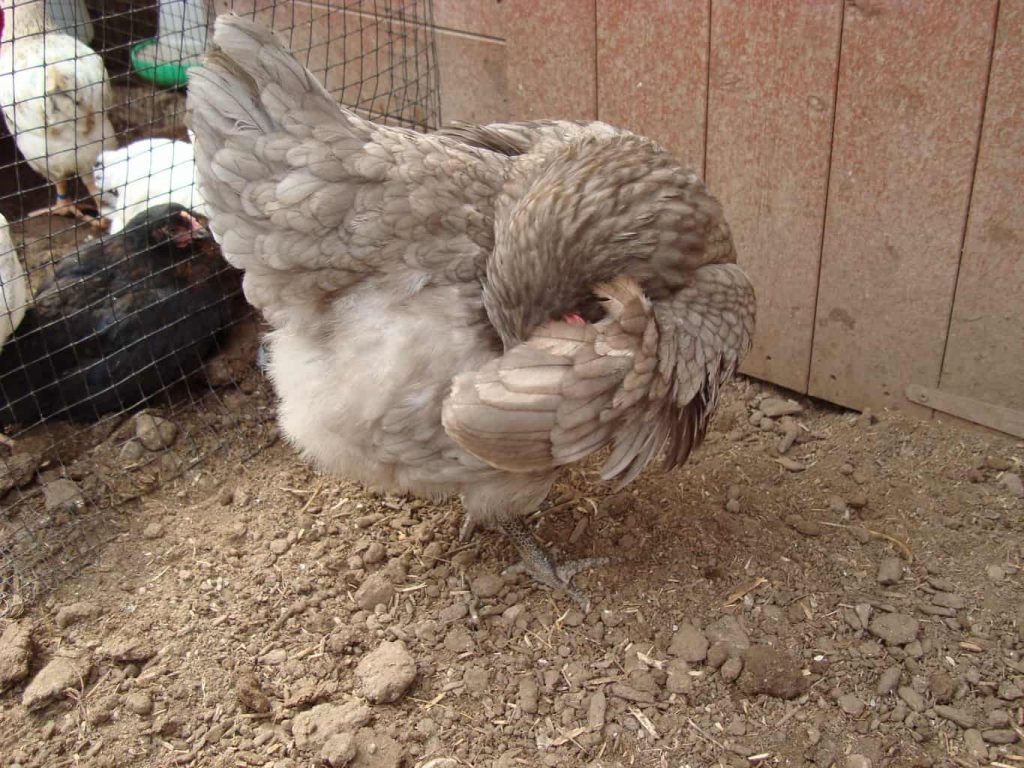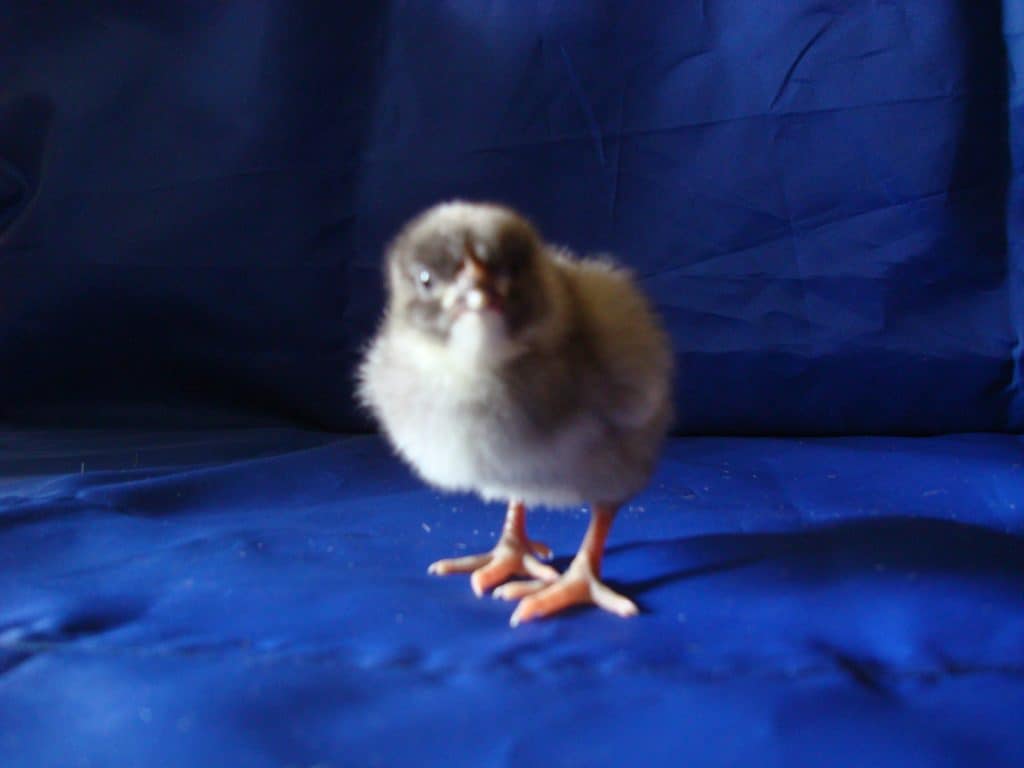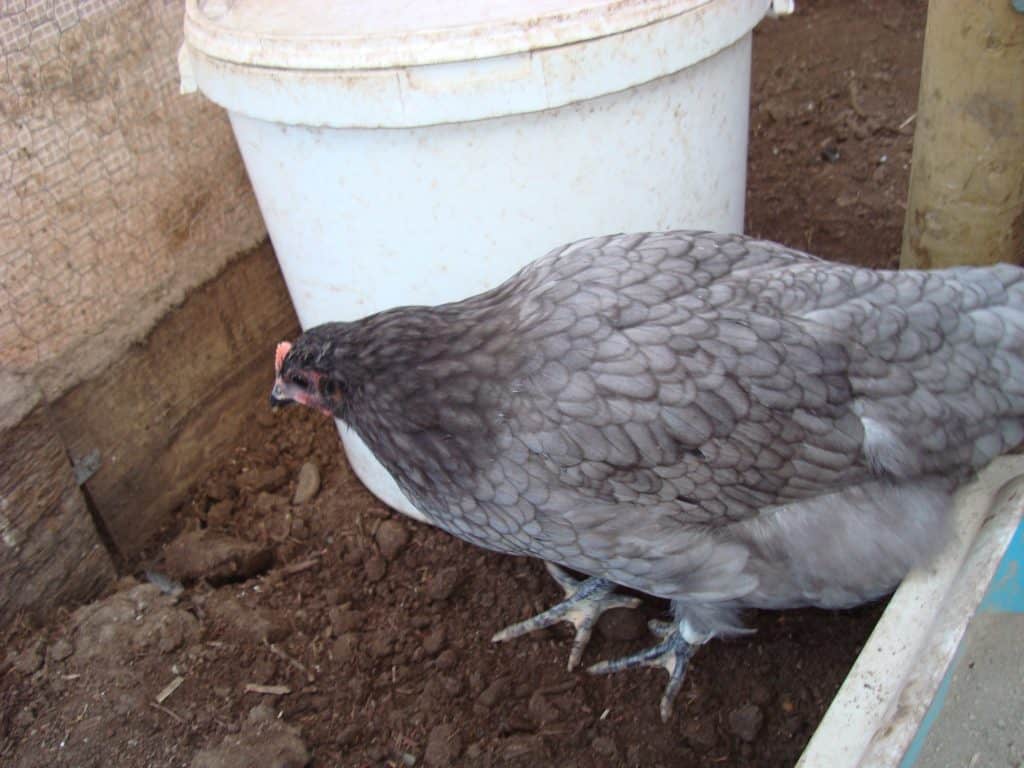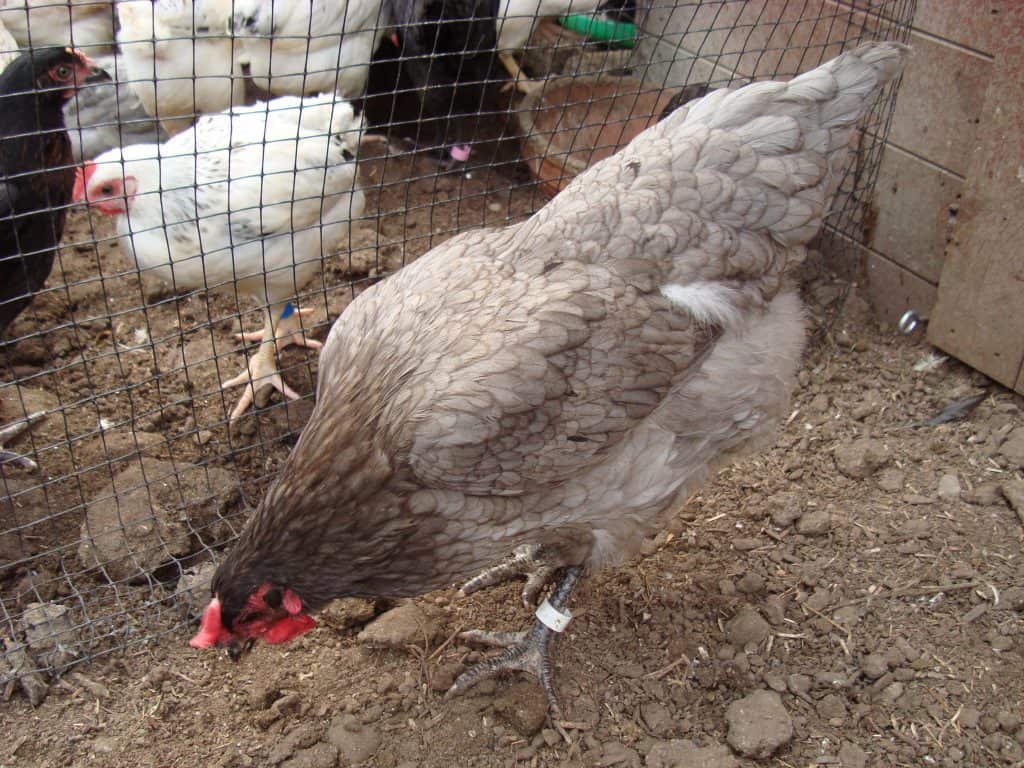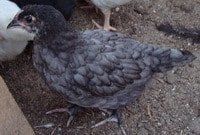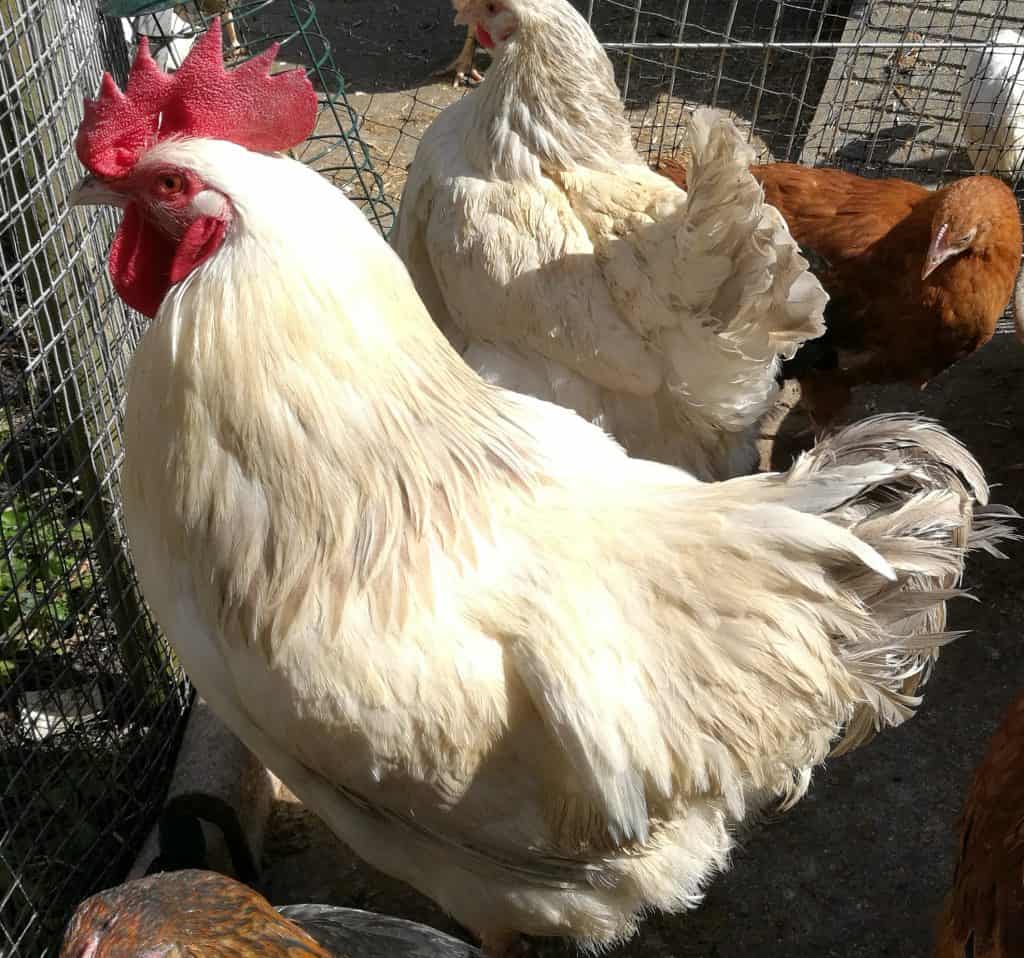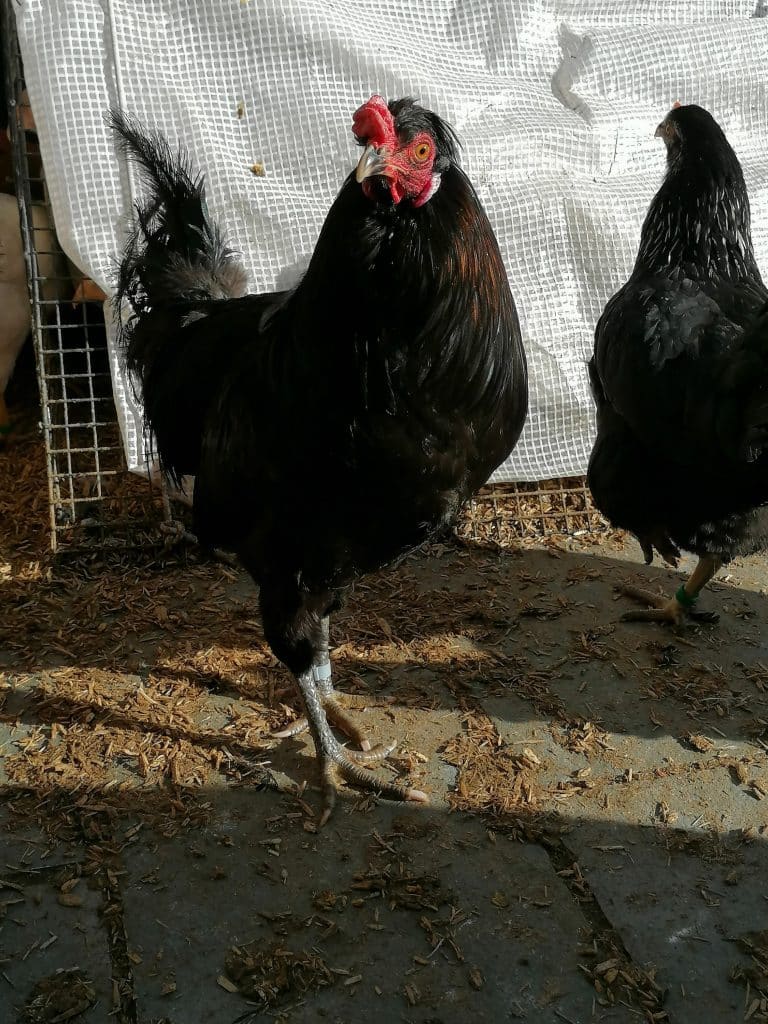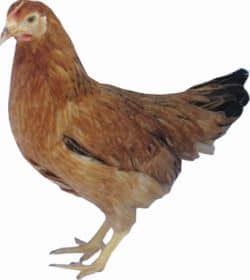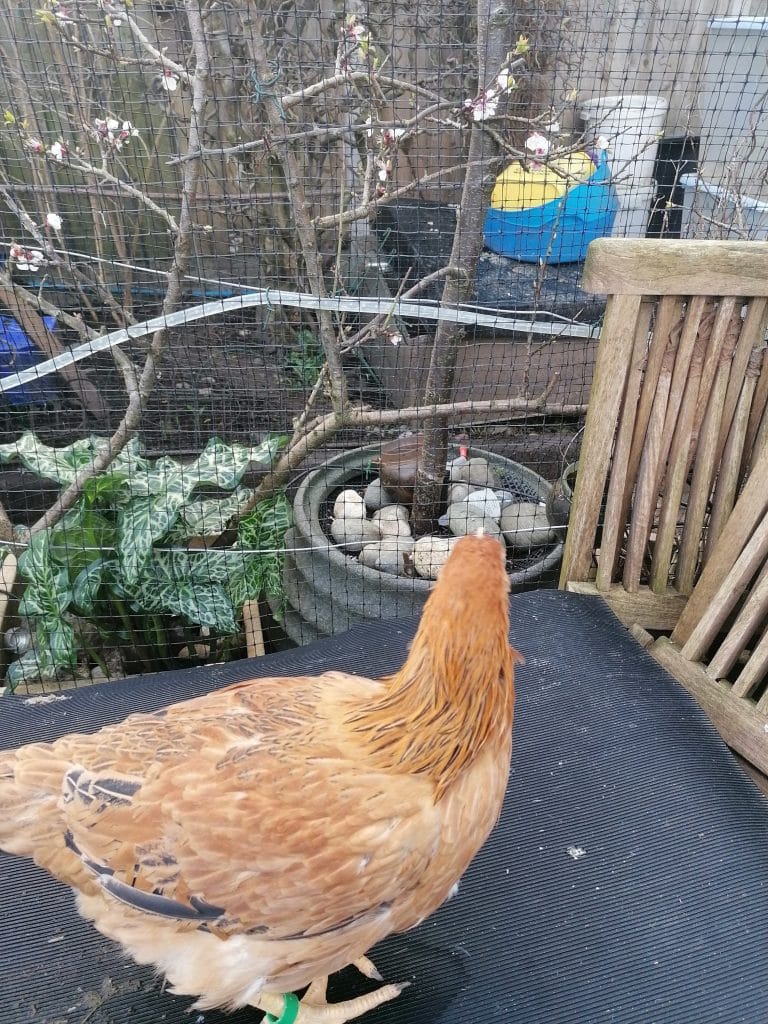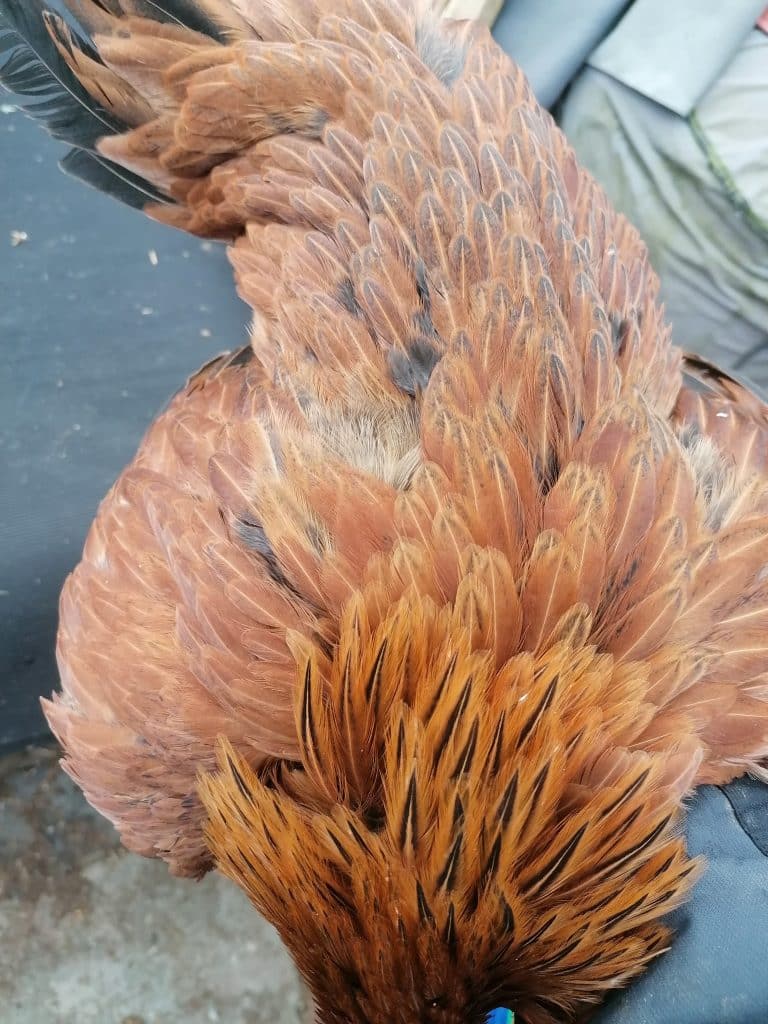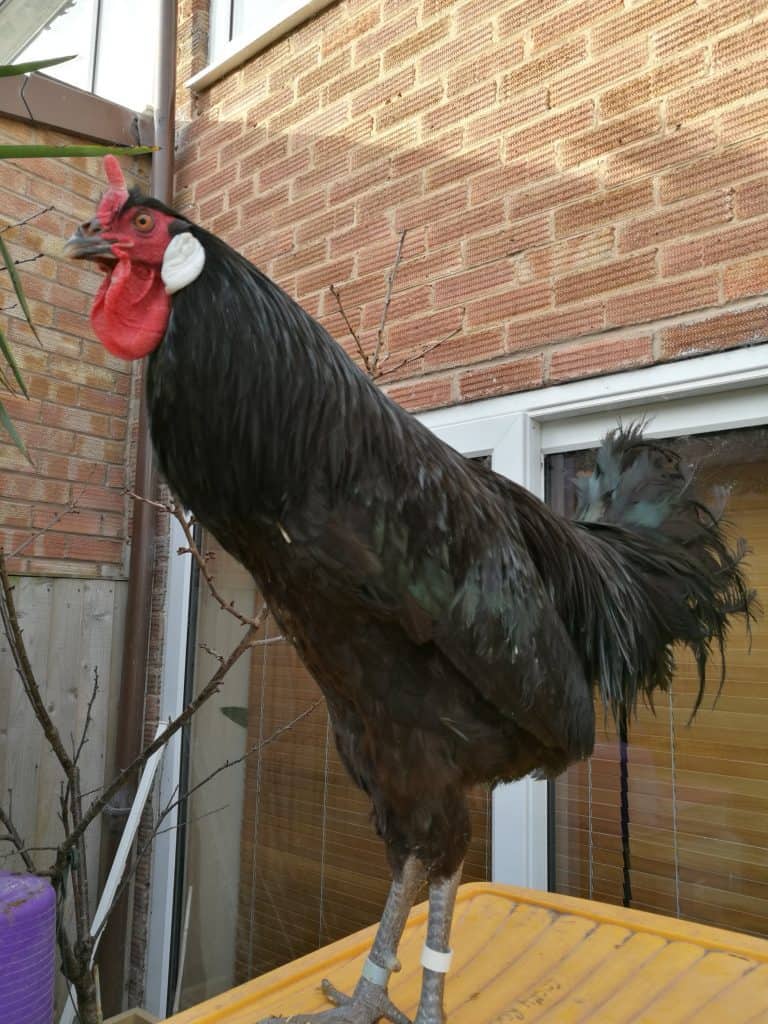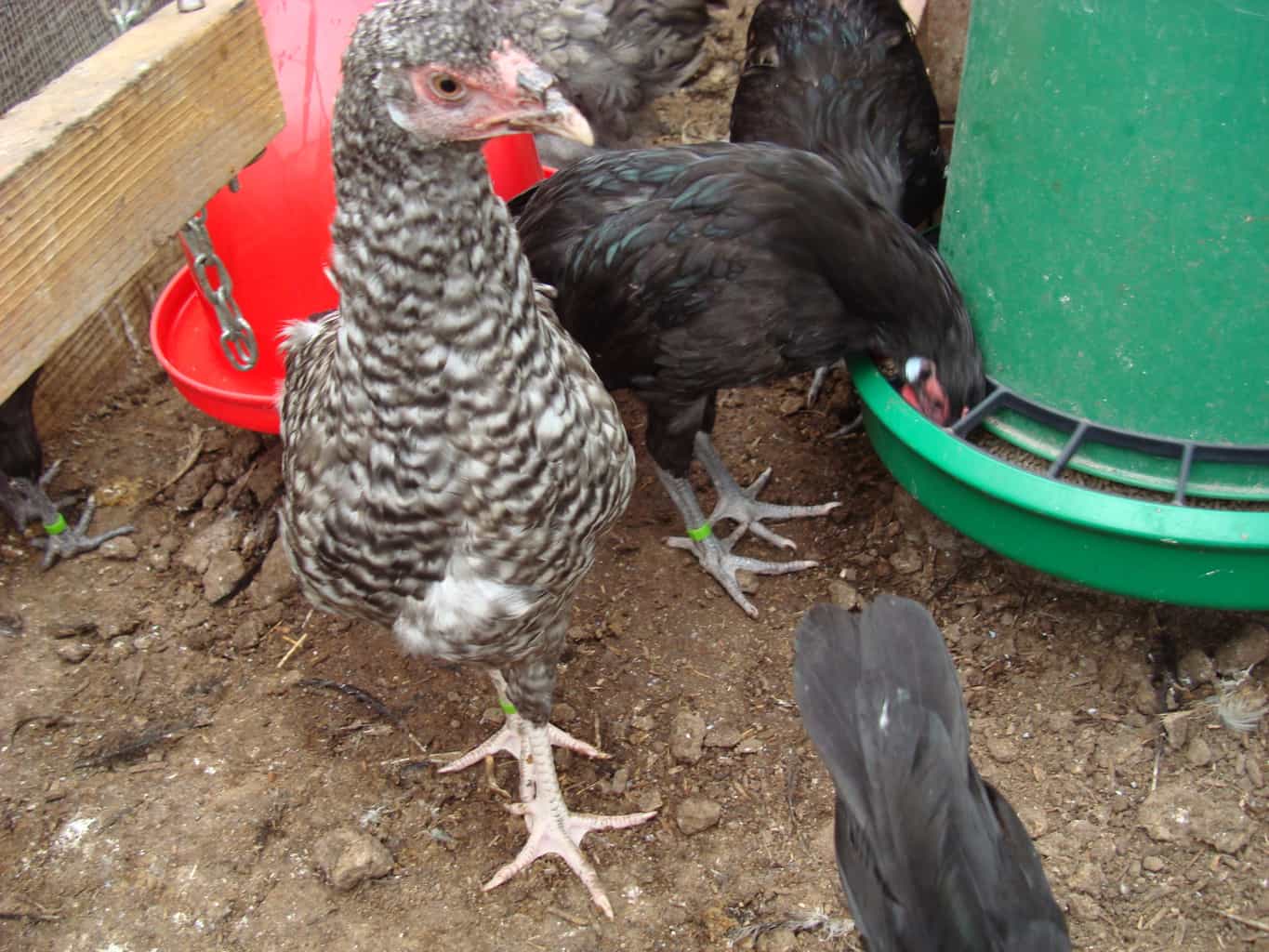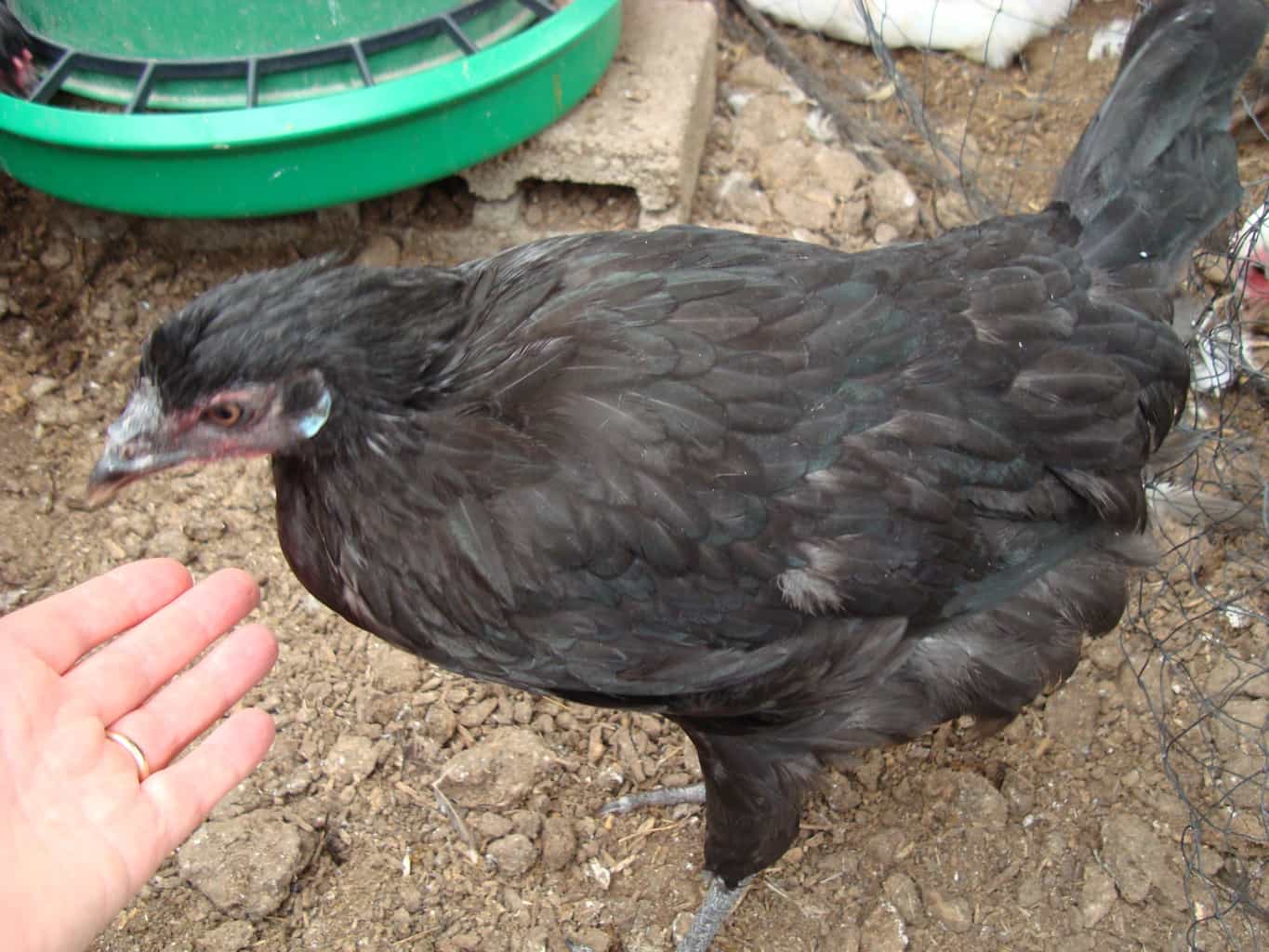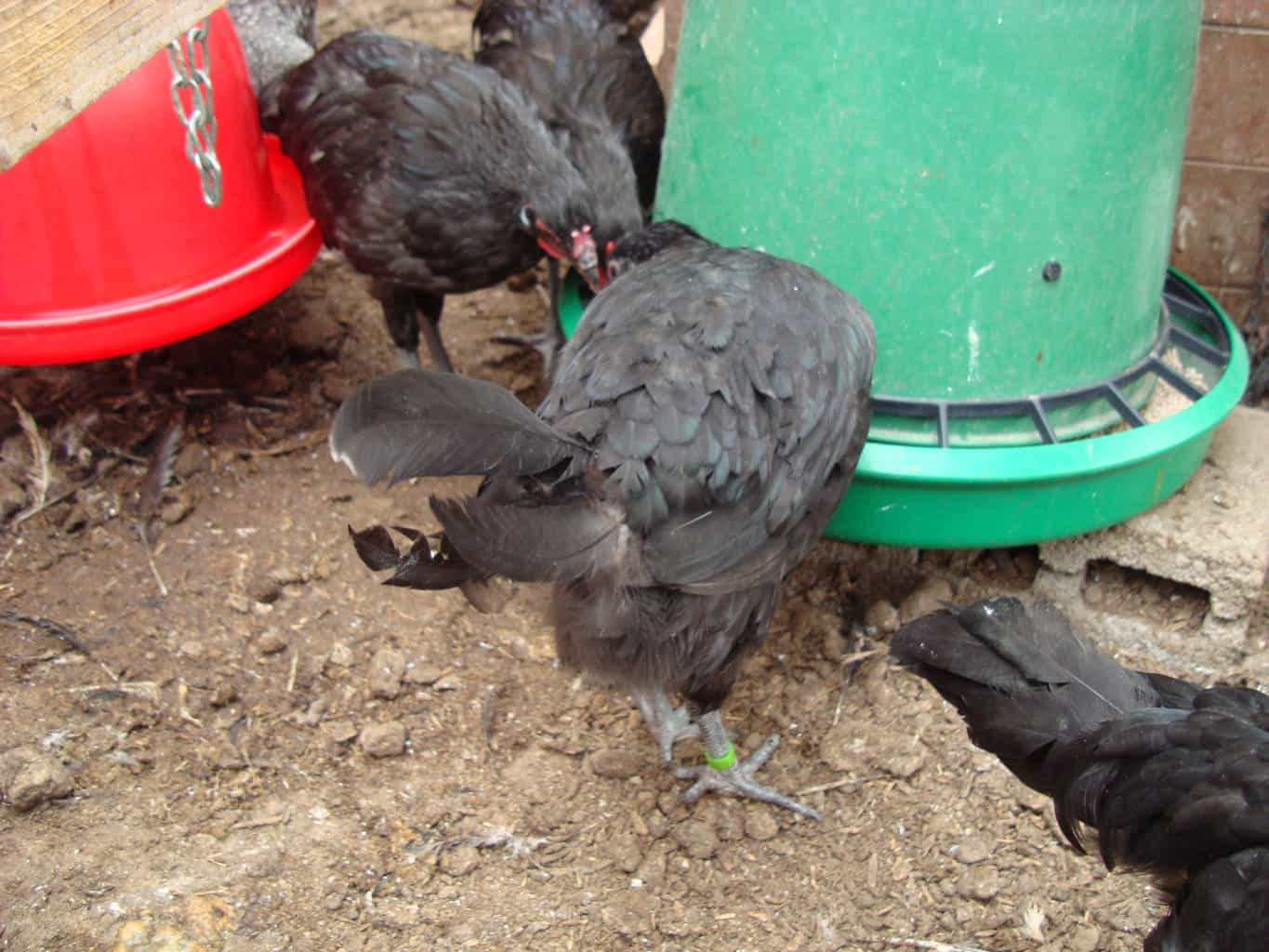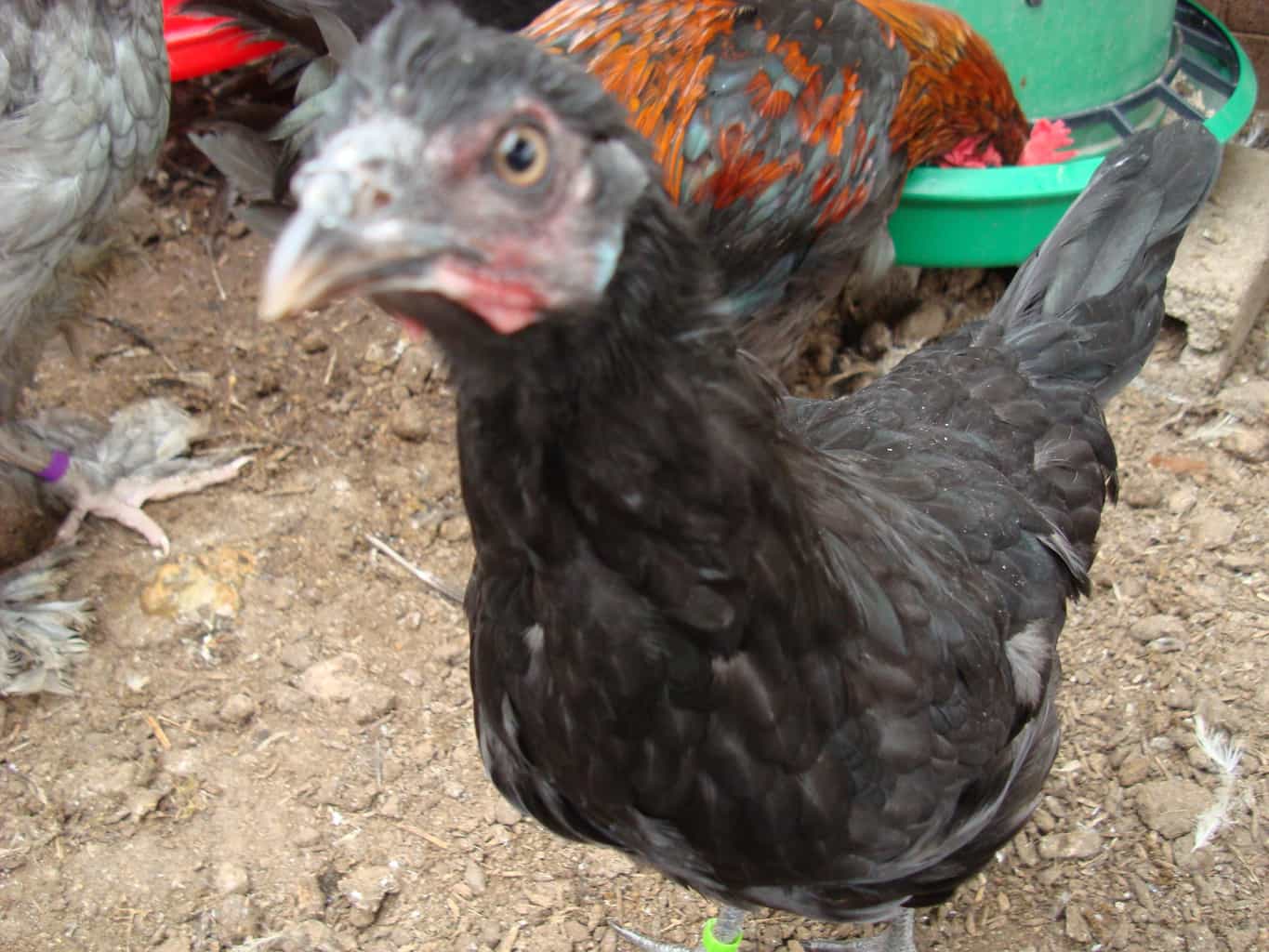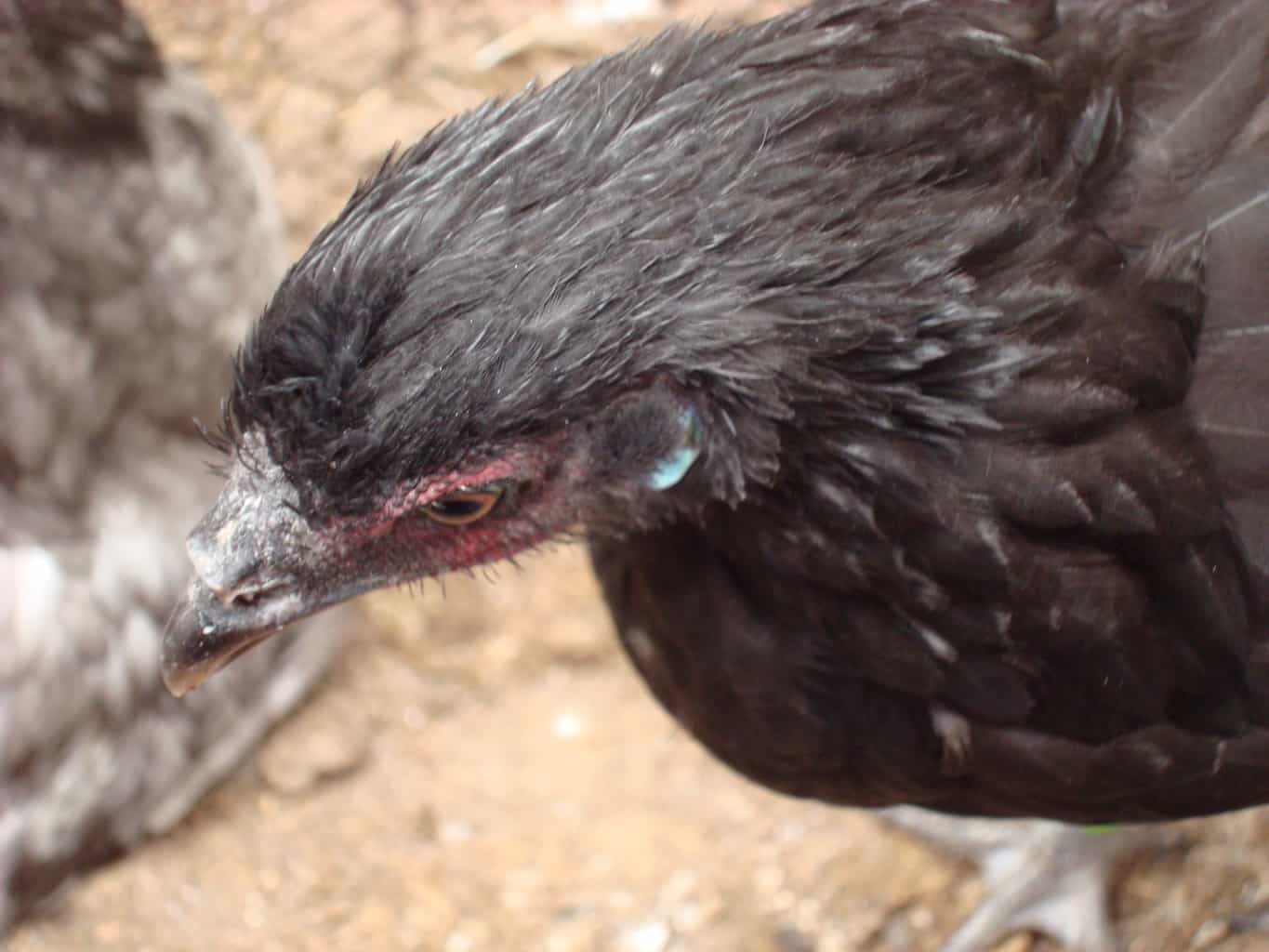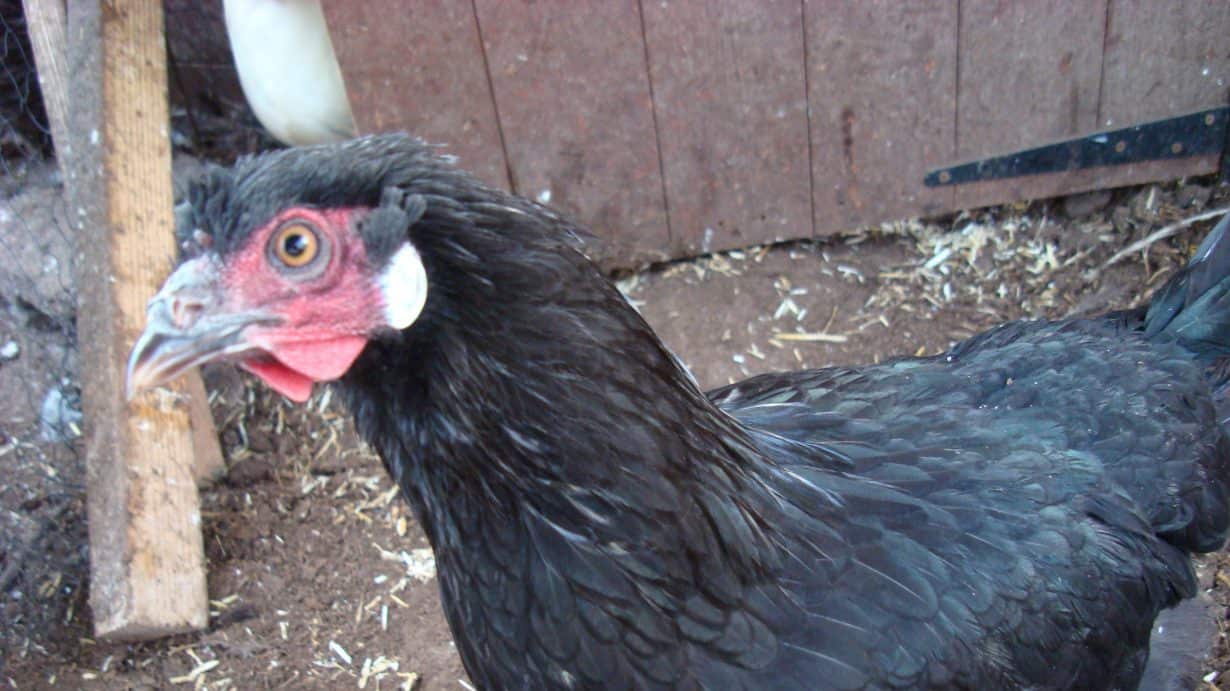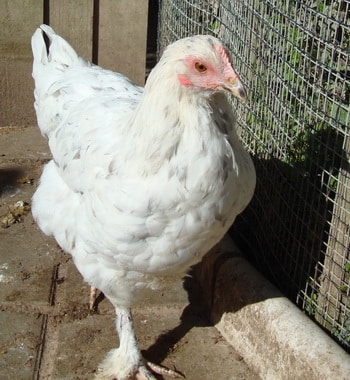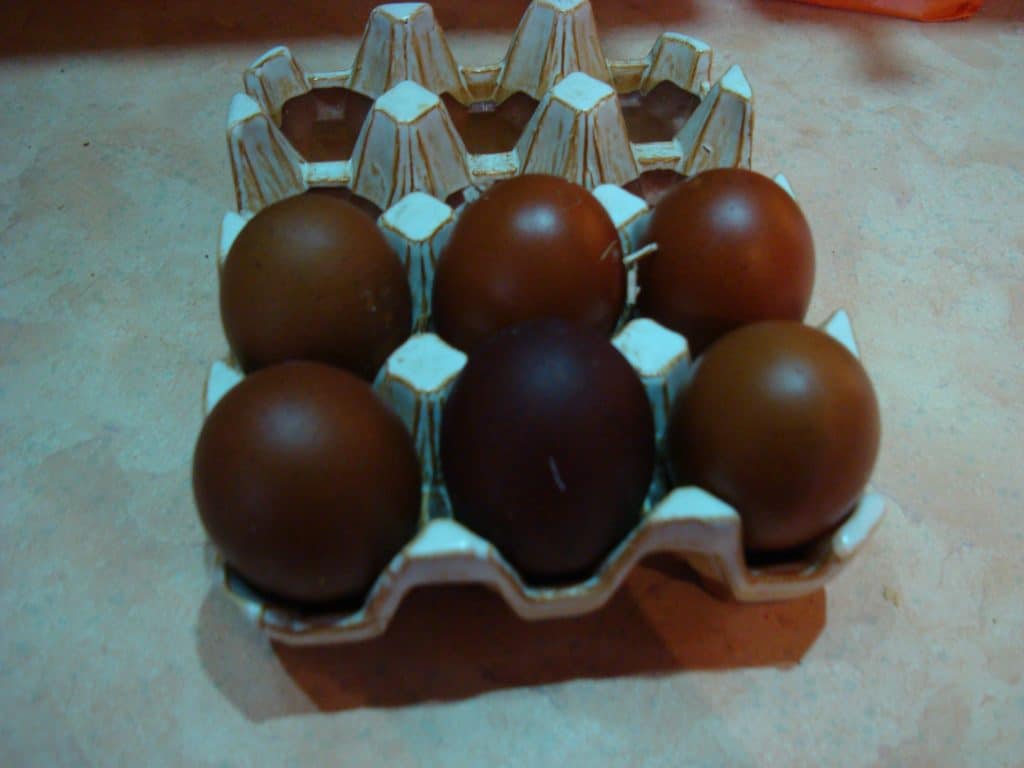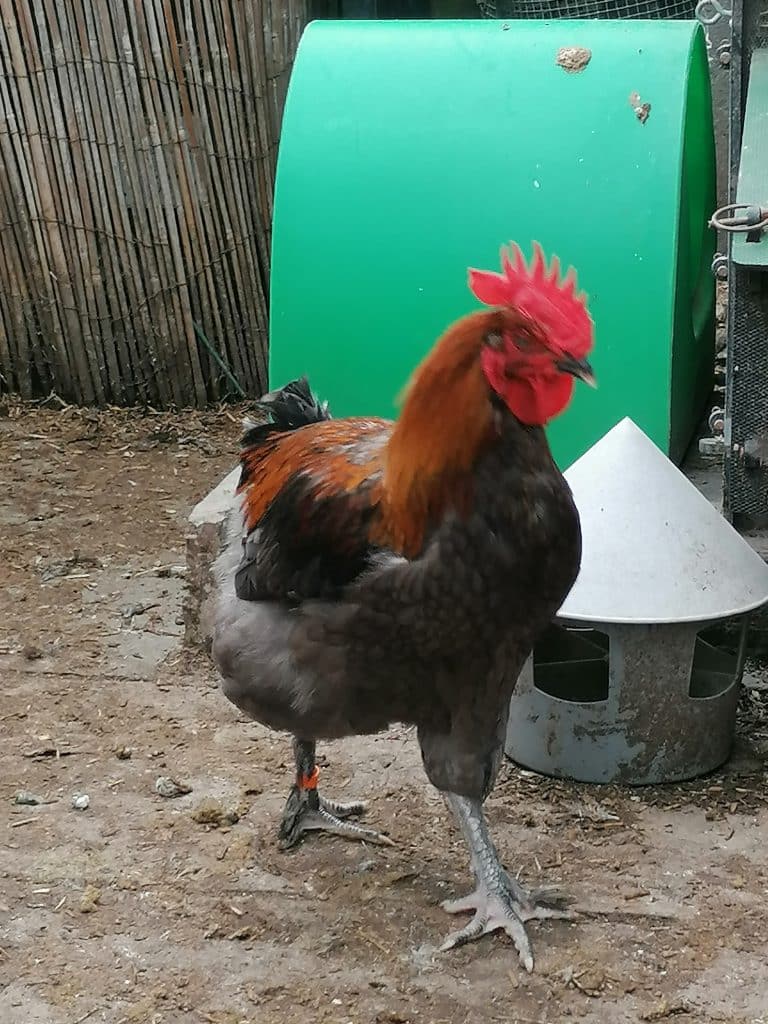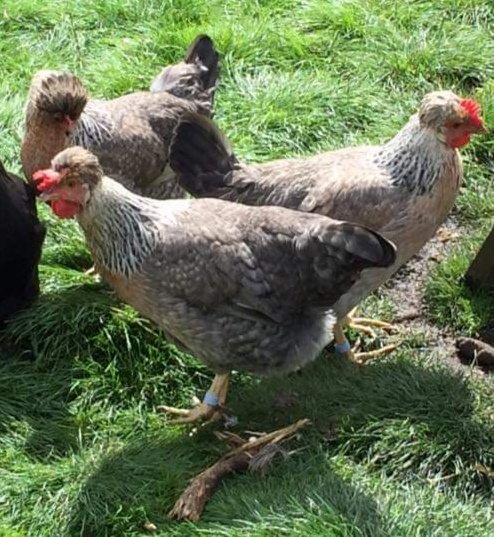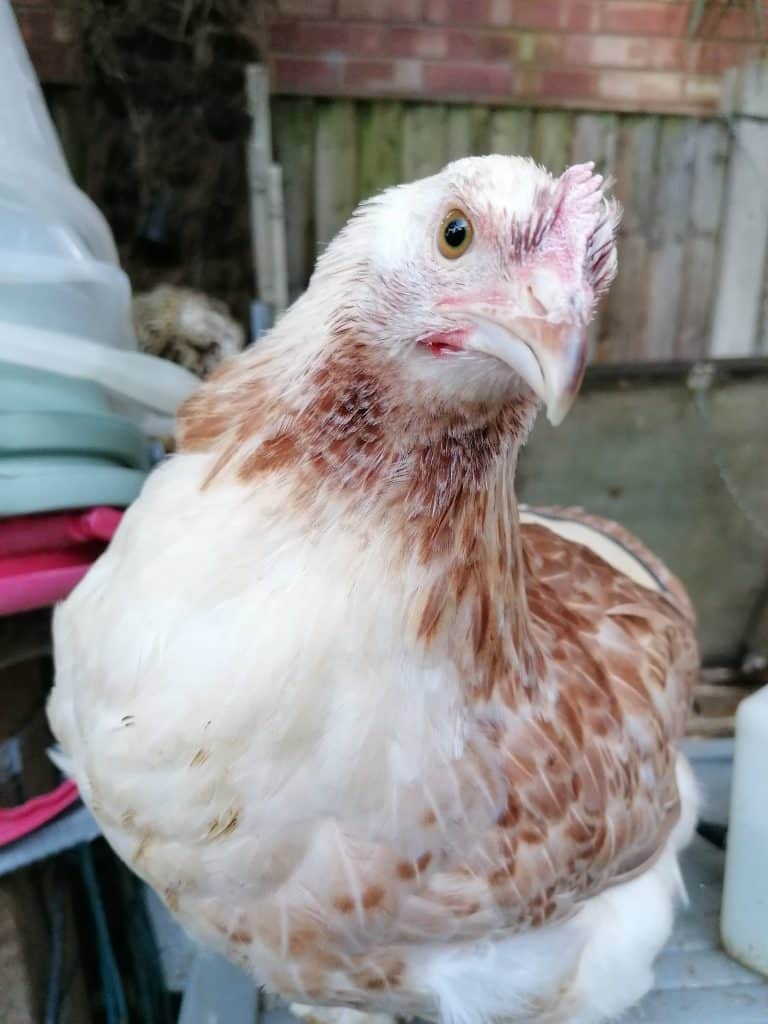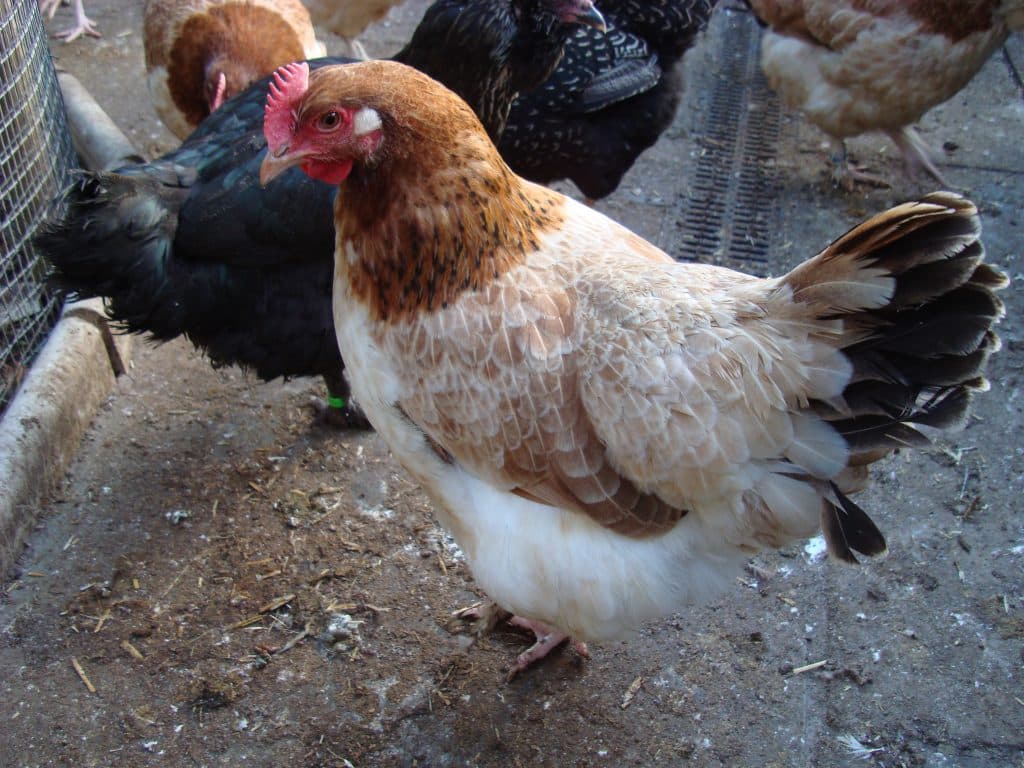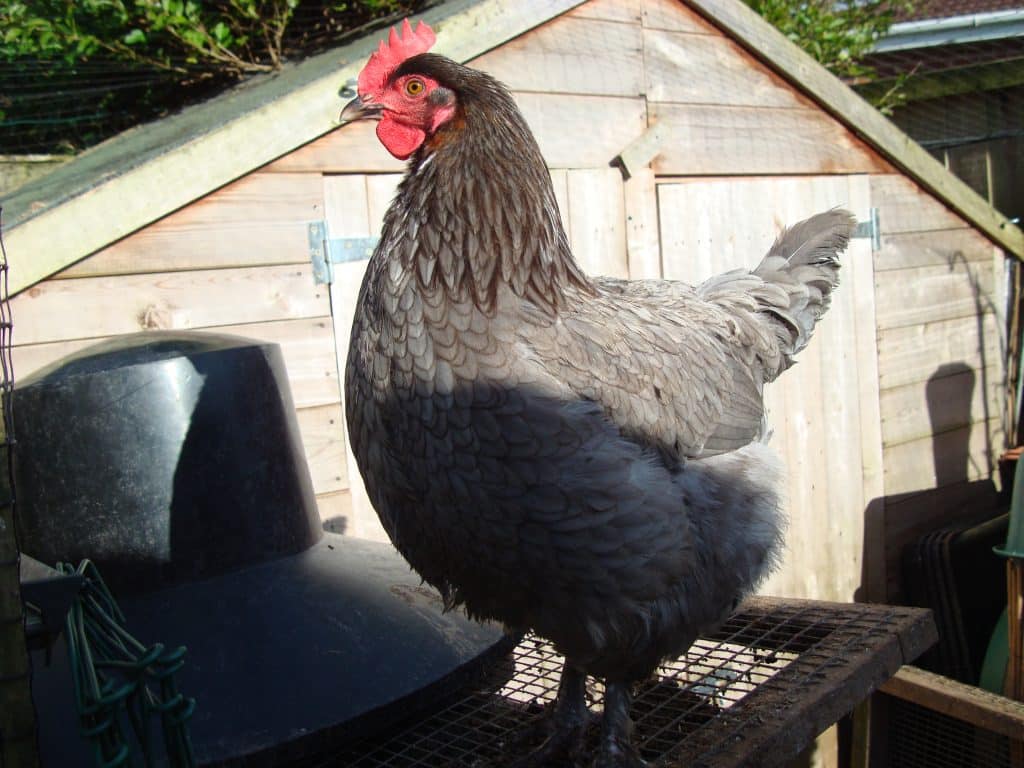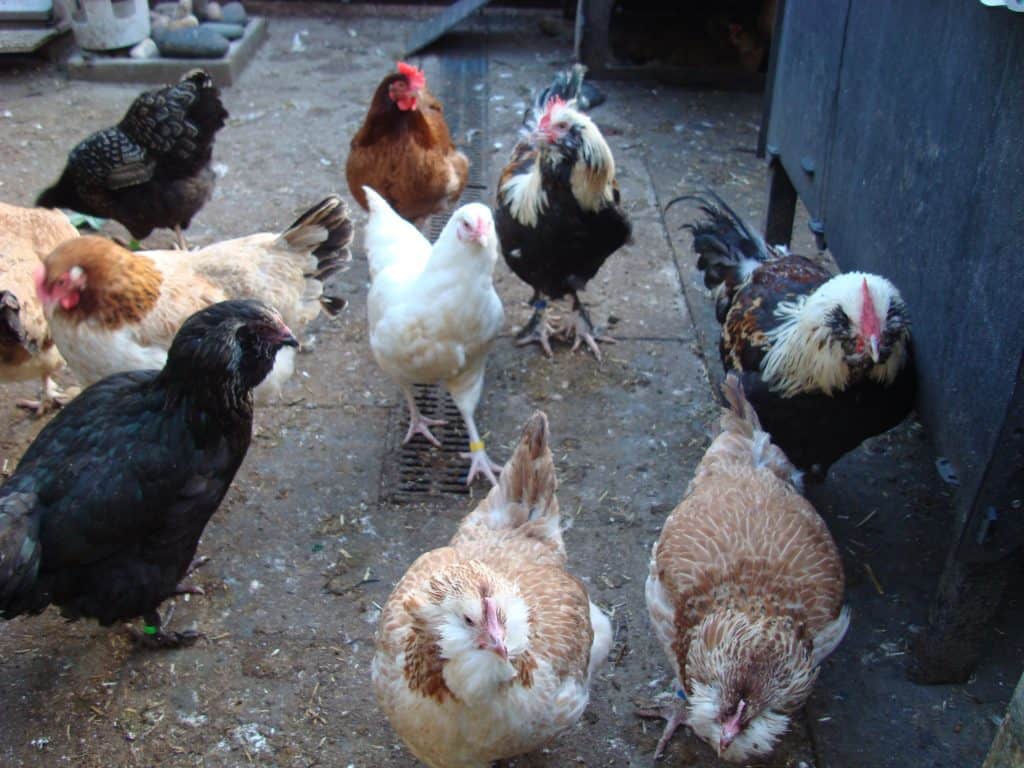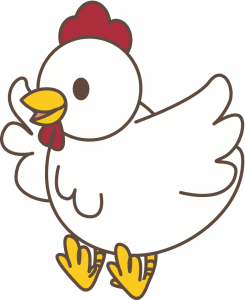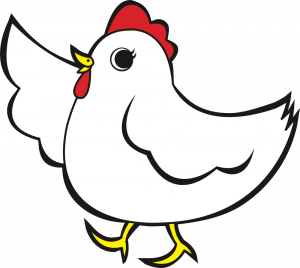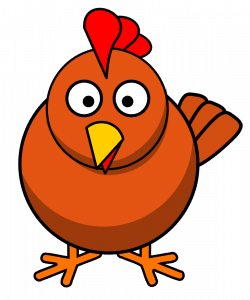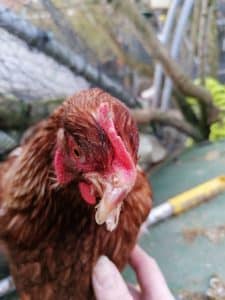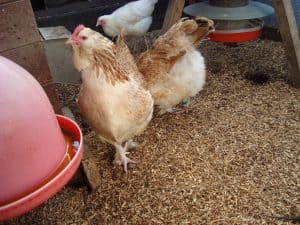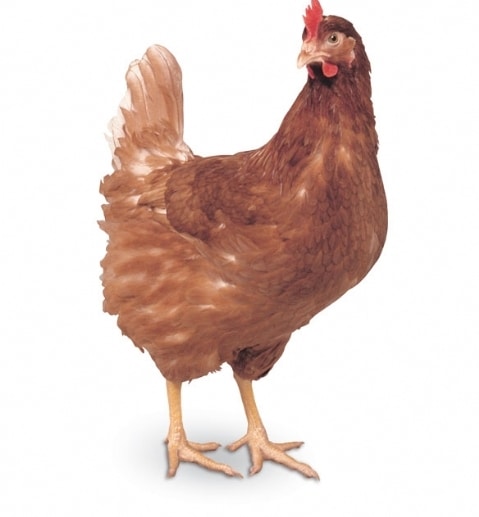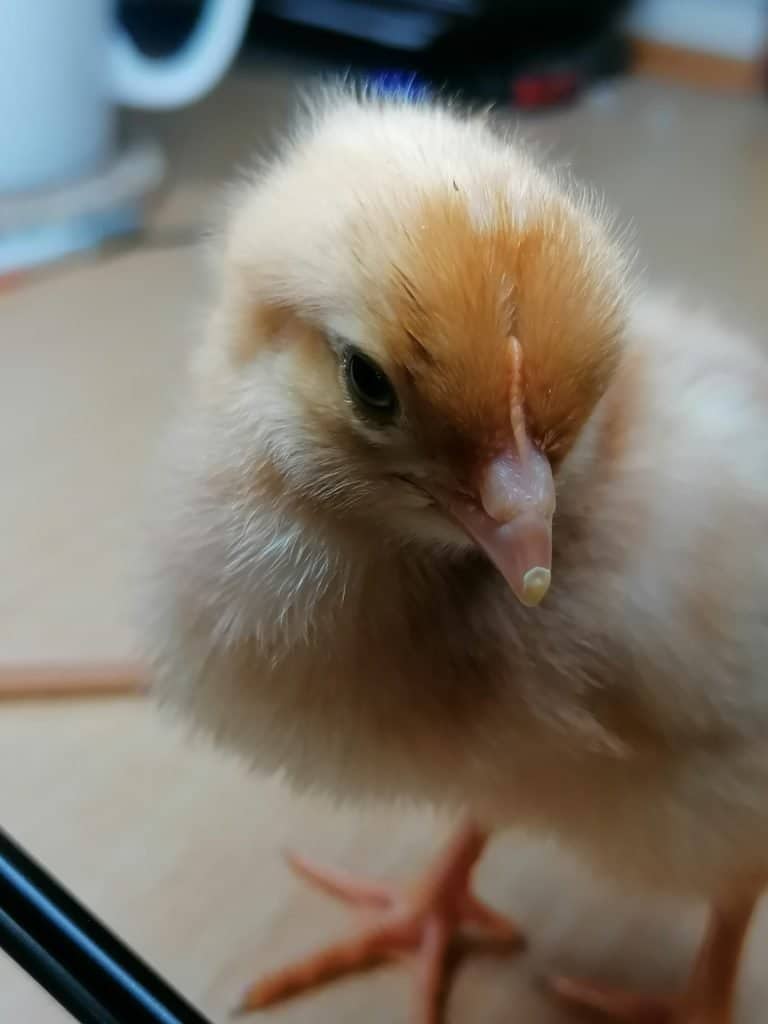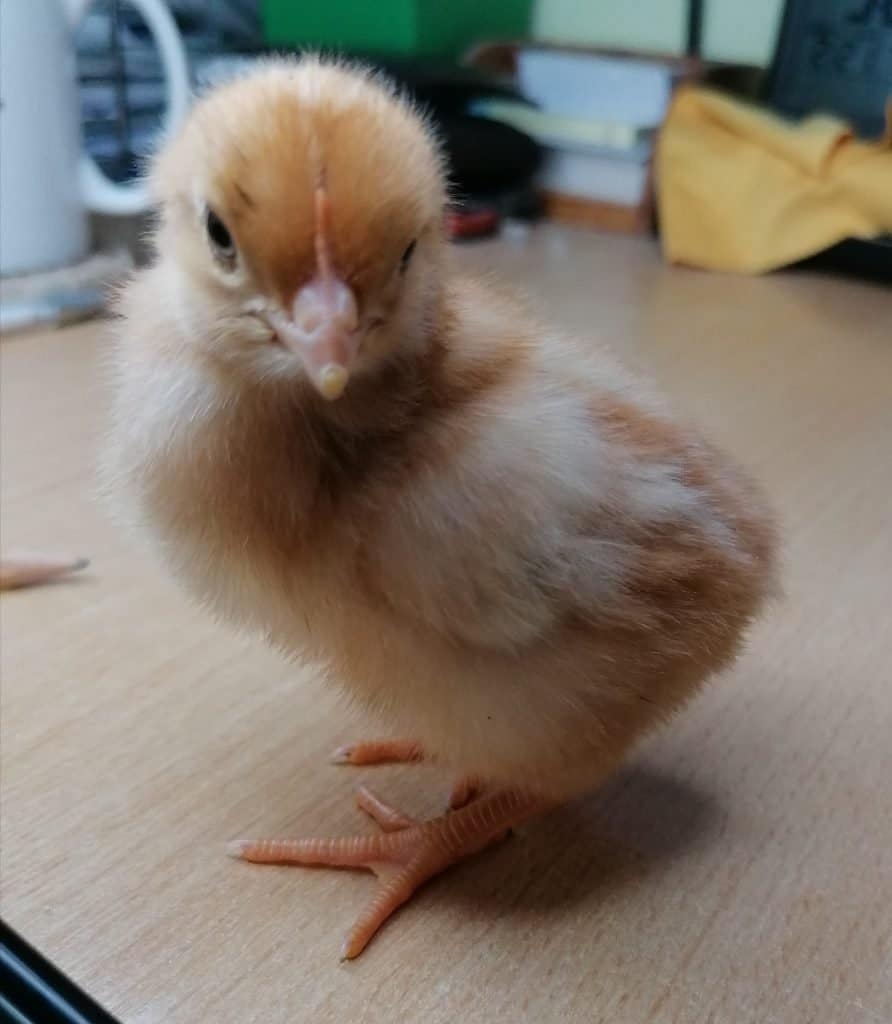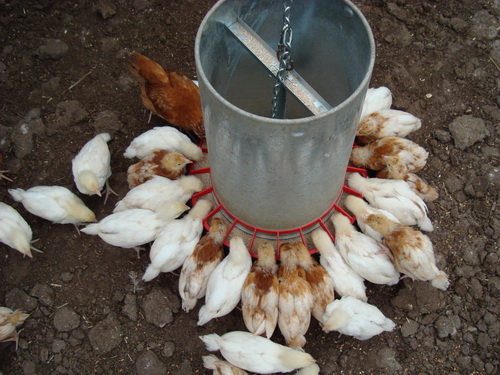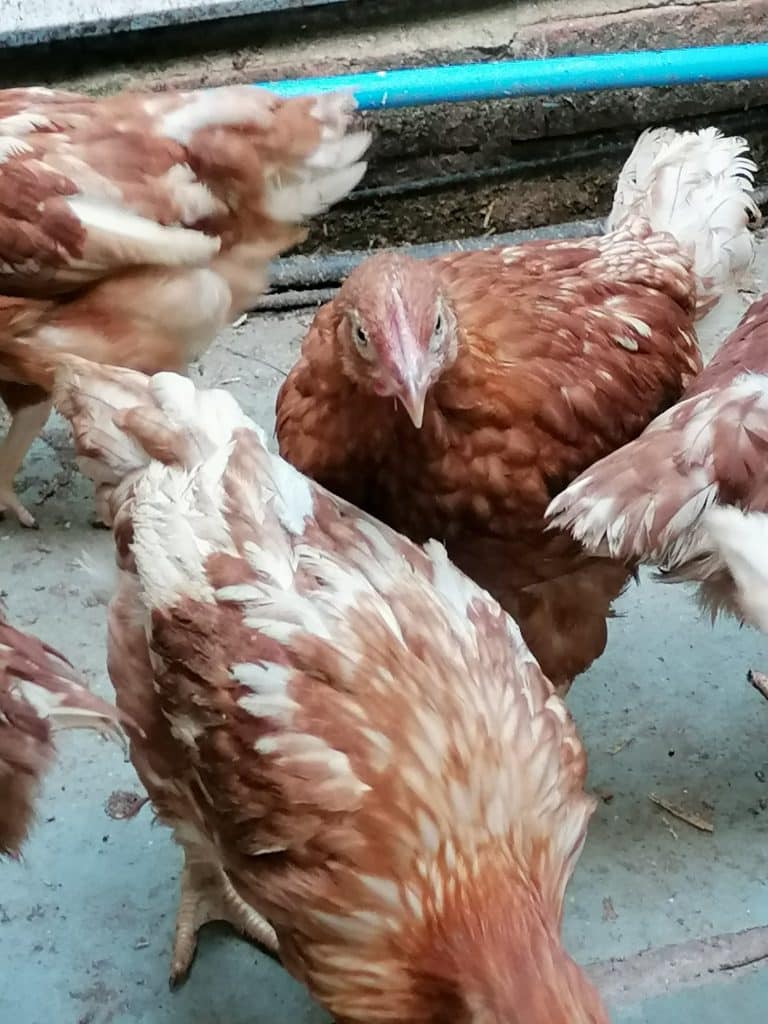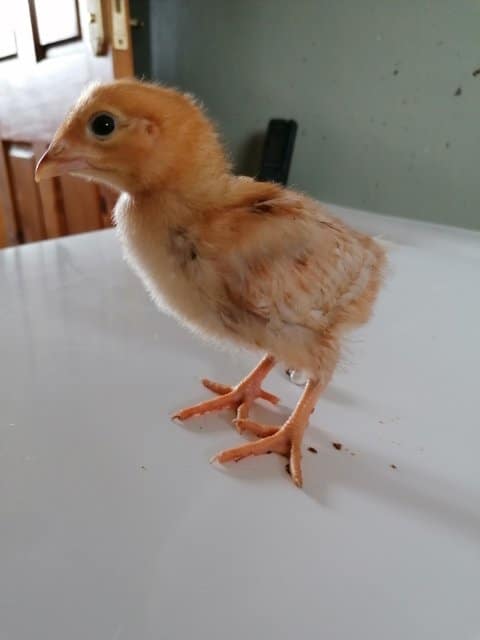Retiring Egg Laying Flock Description
The bottom of the page will show a selection of our egg laying flock that are due for retirement. Our retirement ladies come from our egg-producing breeding flock and most are still laying but won’t be expected to lay an egg every day. When a chicken gets older, then her laying capacity will tail off. Some might even lay very infrequently. They are all in good health and would like to find a nice home, preferably in a small laying flock so that they can enjoy their well-earned rest. We also take in hens for rehoming if you can no longer keep them.
Current Availability
Re-homes
We don’t have any hens that have been rehomed just at the moment. Pictures of the rehomed hens are below.
Special needs hens for Sale
We also have 3 hens which have special needs, so can only go to homes that are prepared to do what is necessary to ensure their comfort. These are hens which were hatched in April 2023 and came into lay in December 2023. The reason we kept them was to make sure that we had some eggs to tide us over the winter period when our other birds were moulting, aka “resting”. I will detail their history below.
Special Needs Hen No. 1
This hen has been hatched with a skull deformity. Consequently her beak points to the side and is misaligned. She will need her new owner to be prepared to file her beak with an emery board. Much like you file your own nails. Beaks are made of keratin which is the same stuff that fingernails are made of. If the beak was left to its own devices it would curl back on itself into a hook as the bottom beak is not there to keep it in check. Once the beak hooks over, the hen can no longer eat. Beaks have a blood supply like dogs claws but the end doesn’t and it is this (dead end) which is gently filed back. A bit of reshaping on the sides might also be needed on occasion.
Special Needs Hen No. 2
This hen was hatched with a slight scissor beak. The picture is of a normal Faverolles hen. As scissor beaks go, hers is quite mild and it doesn’t stop her feeding herself. This hen will need the same sort of treatment as hen no. 1 above. The aim is to encourage the beak to follow the normal line. Beaks grow much like fingernails so eventually the top beak will curl downwards because there is nothing to keep it in balance. The beak should not be allowed to develop a hook. A hook will force the two halves of the beak apart.
Hen no. 2 is a really sweet hen, very attentive. As with all scissor beaks, the feeder should have a depth enough so that they can use their beak as a shovel rather than a pecking implement. This she manages very well.
Special Needs Hen No. 3
This hen had an unfortunate start in life as her coop-mates decided to try to eat her vent. Chickens can be very vicious to their own kind. With treatment her wound healed but with a lot of scar tissue and tightness. I gave her a chance to grow because that is just what I do, however I knew when she started to lay that she might have difficulty. She could have gone one of two ways. The scar tissue might have prevented her from expelling her egg and she would die from the experience. Alternatively the laying hormones which enlarge the vent might do the job of making her more flexible in that area.
It is a relief to find that she has been able to lay without complications. Her damaged vent, however has never really had a good seal, so she leaks. This hen has a messy bum, and she will always have one. Fly-strike is a risk to her so vigilance would be needed, along with a spa treatment every so often.
All three hens are a normal weight, and eat and drink like normal. The wonky ladies need a feeder they can dig their beaks into, but apart from that they are happy-go-lucky. They are all laying a nice egg. I am offering them for sale because they are not needed for my breeding plans for pure breeds, however, they can stay here regardless for life if necessary. The amount of eggs they produce is too many when I add into the rest of my breeding birds eggs. There is only so many omelettes I can eat!!
I would like all three special ladies to go together. Pictures below of the wonky ladies. If you want to take on these ladies then I will show you what to do so you can continue with their care. You can also bring them back here for us to do it for you.
Our Retirement “policy”
All our girls get to live out their lives here at Hedgerow Henporium until their natural demise if they are not re-homed. None are ever “dispatched” just because they no longer lay enough, or lay at all. Egg numbers are not that important to us but their good health is. Our retirement option is not a “rescue hen” situation because their fate is not in dispute or ever even at risk. They get to live their full natural lifespan either way.
Any re-homed hens are only taken if they have a clean bill of health.
What To Expect From Our Retirement Girls
Our retirement selection is usually done in Autumn. As they have been with a cockerel for some time they could be looking a little “careworn” for example, they may look somewhat scruffy. Cockerels are truly magnificent birds, but their “bedroom manners” are not very tender. As they mate every 10 minutes, they do cause some feather loss or damage at times to our girls. When a cockerel has a favourite (usually the easiest or most submissive hen) then she will have more feather loss than most. The feather loss pattern will be around the top of their heads and mid backs due to being firmly grasped and trodden on by the cock bird. Most of our breeding hens wear hen saddles so that they are protected from the advances of the males.
Feathers will grow back in a few weeks with some TLC, a good diet, and some girly “me” time. Depending on the time of year some hens may be in moult (annual phenomenon) and as a result may resemble a hedgehog in parts while they are in the process of growing their new finery. They are all in excellent health.
Expected Lifespan
The lifespan of our retirement ladies is not expected to be very long as they are often 2-3 years old come retirement. Egg laying takes it out of hens however many eggs they have produced thus far. We find the average hen lives 4-5 years in good health. As in humans things can happen which alter the normal expected lifespan so nothing is guaranteed.
Prices
Hens are priced individually according to age and breed. Please ask for details of our availability as it changes regularly. See below for the individual birds profiles. Hopefully they will be living with you soon 🙂
Laying Flock Breed Size
They are all classified as large fowl. Some are light and some are heavy.
Breed Temperament
All our egg-laying flock are pretty docile with no real squabbles going on. They are all good-natured girls.
Eggs
You may get some eggs from any hens we retire. If they do lay then they will be medium/large sized and pale cream coloured.
Re-homing For Your Hens
If you find that your circumstances have changed and you need to find new homes for your hens then we can probably help. If we have some space to keep them in quarantine then we will try to take them if we can.
Re-homing for Cockerels
We cannot re-home cockerels as we don’t have enough space to keep them separated. Cockerels will fight if kept together which is distressing.
Thank you for considering some of our ladies.


